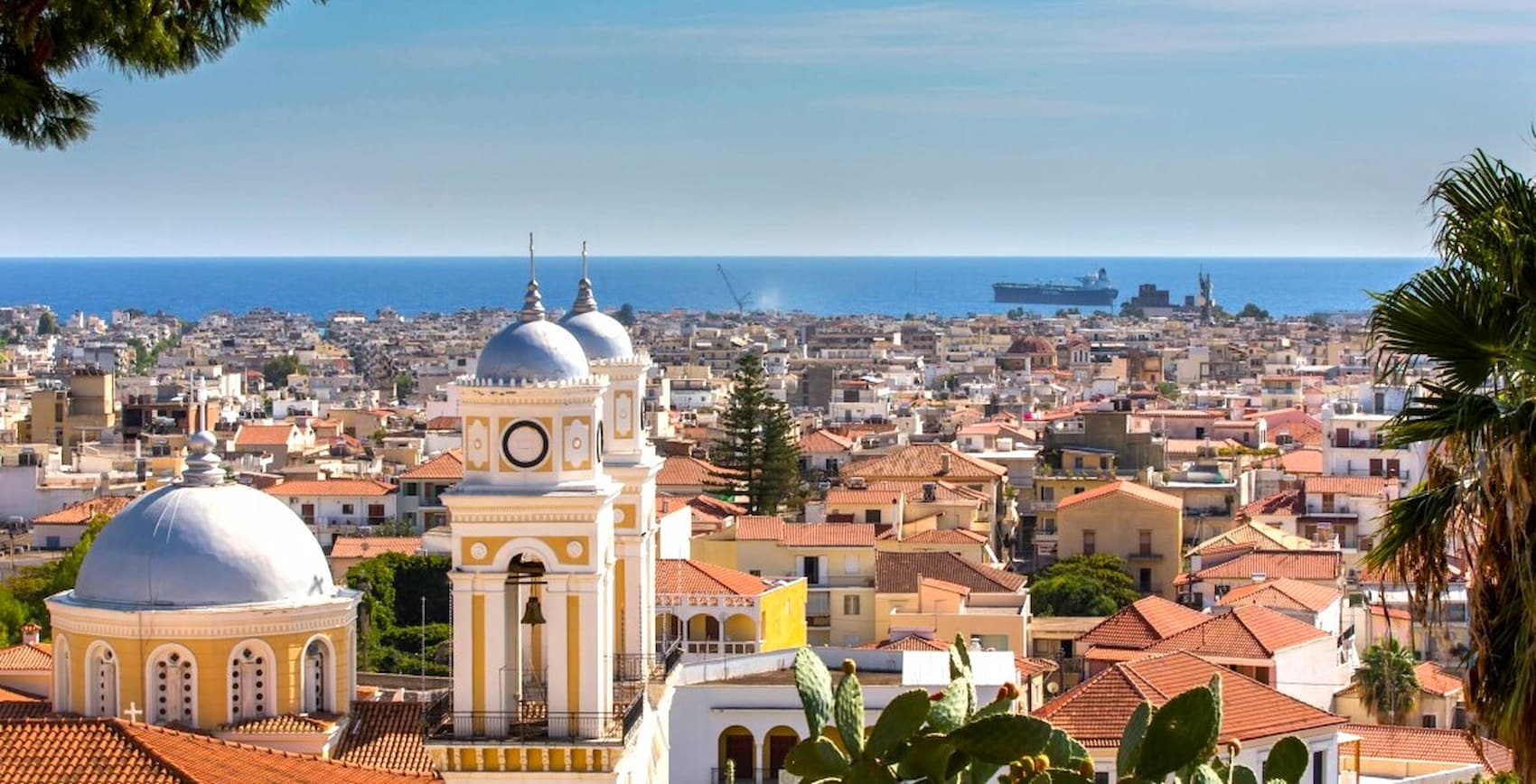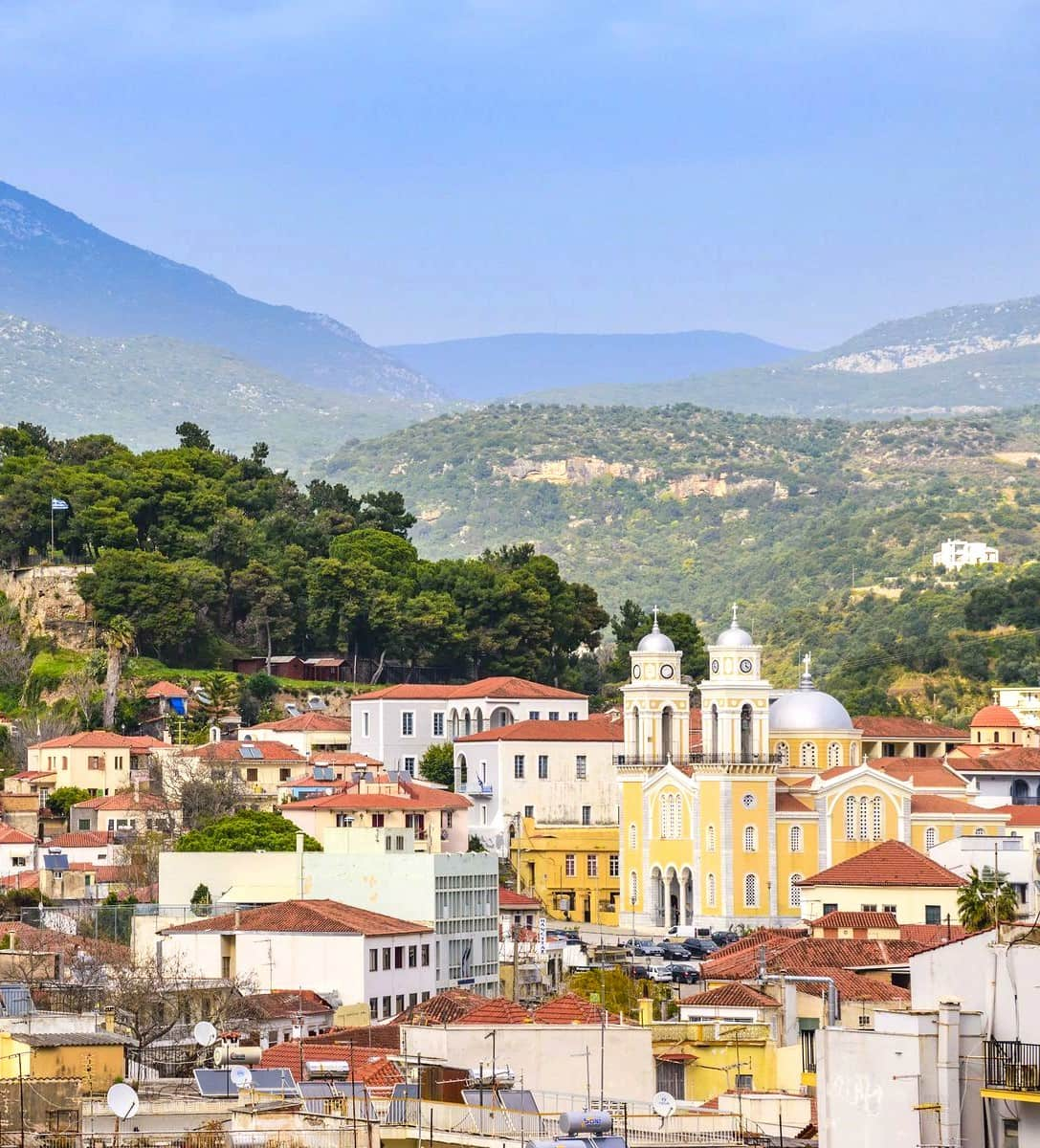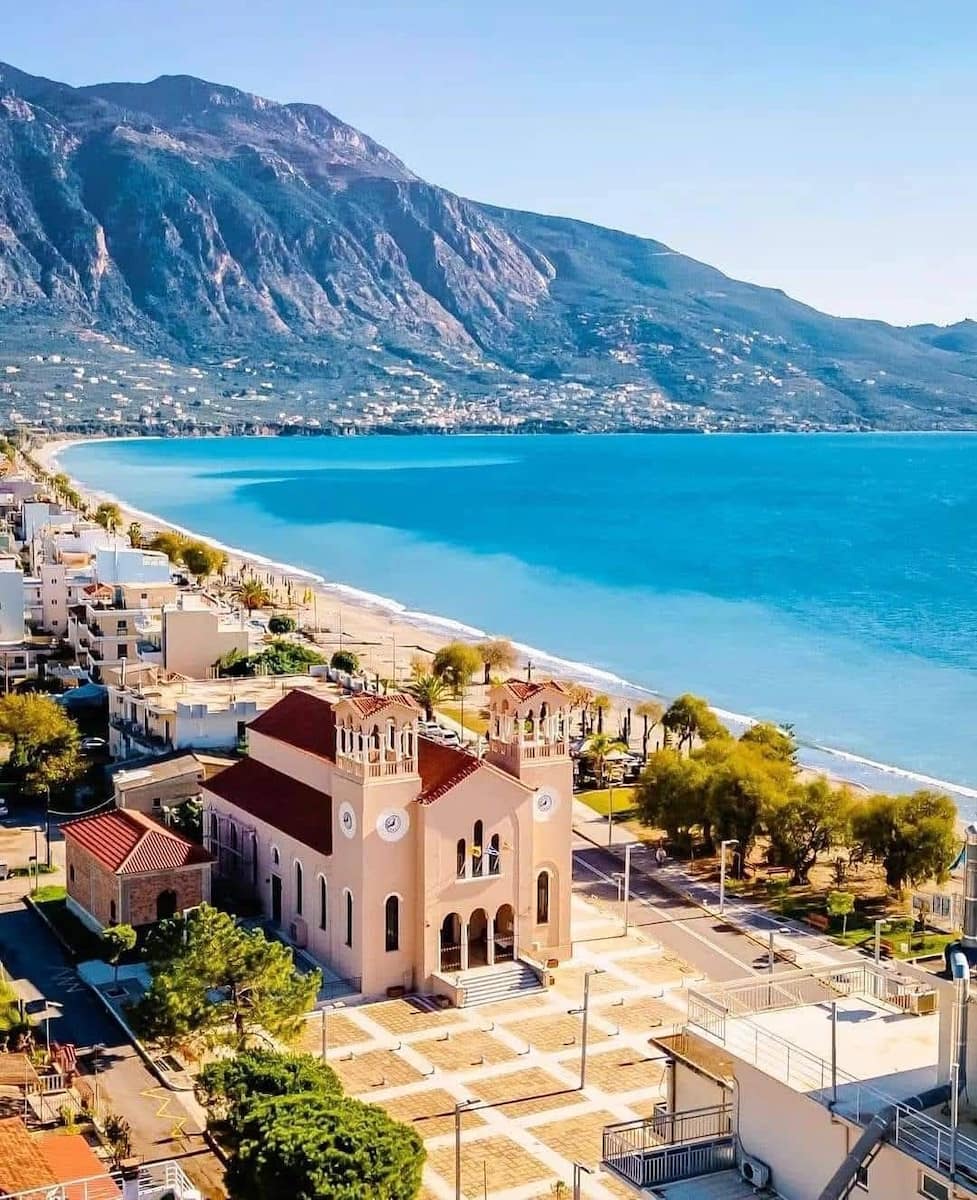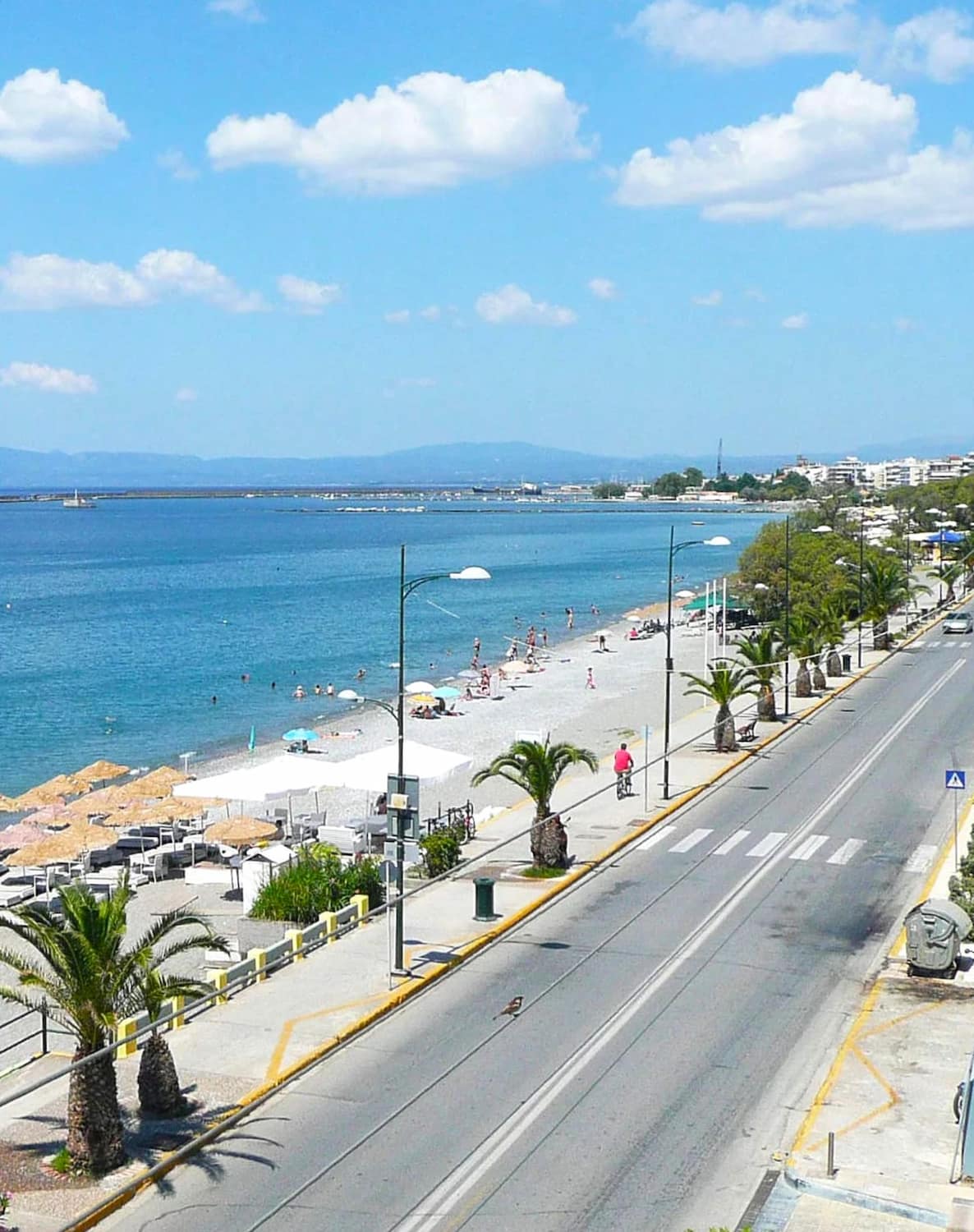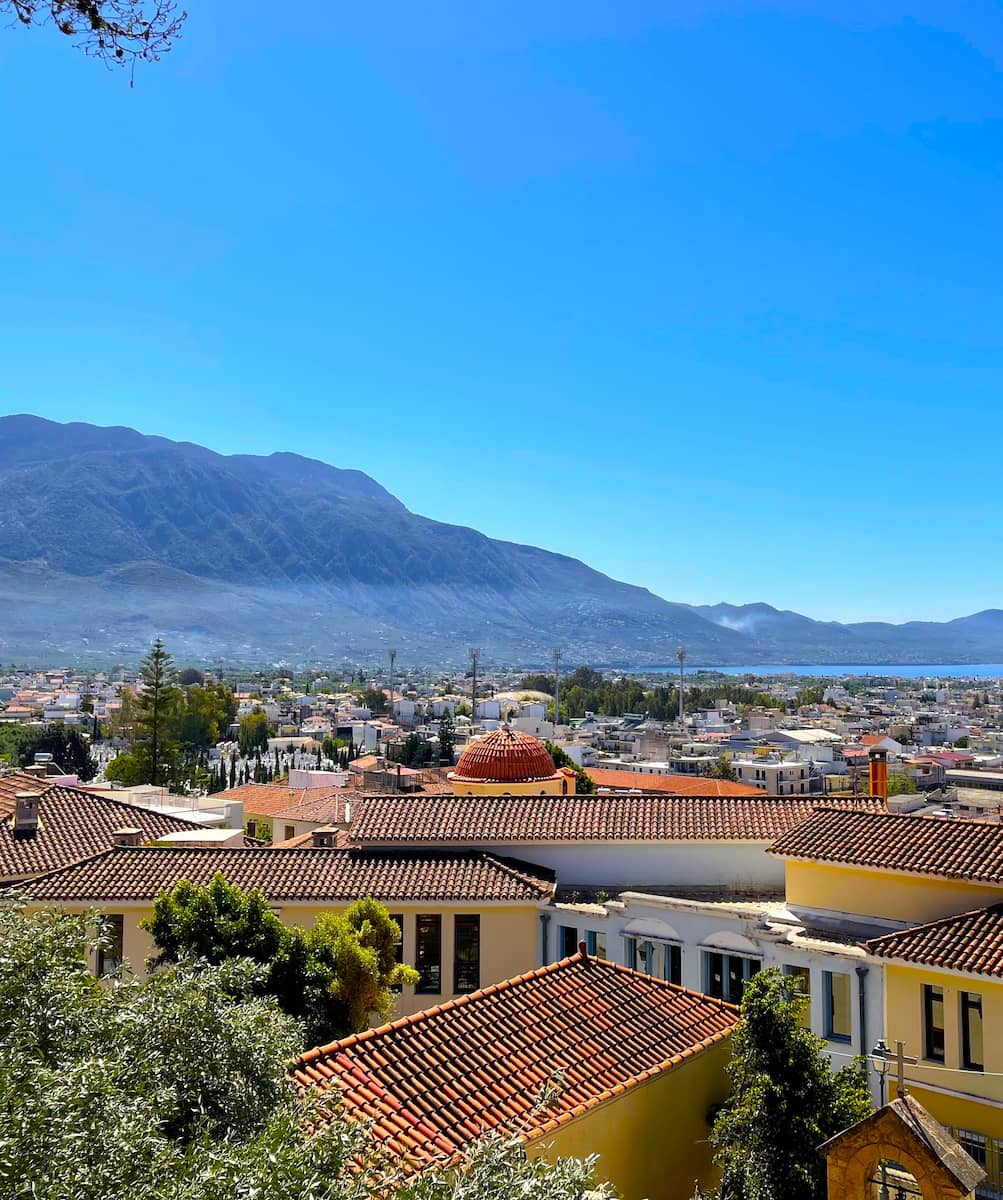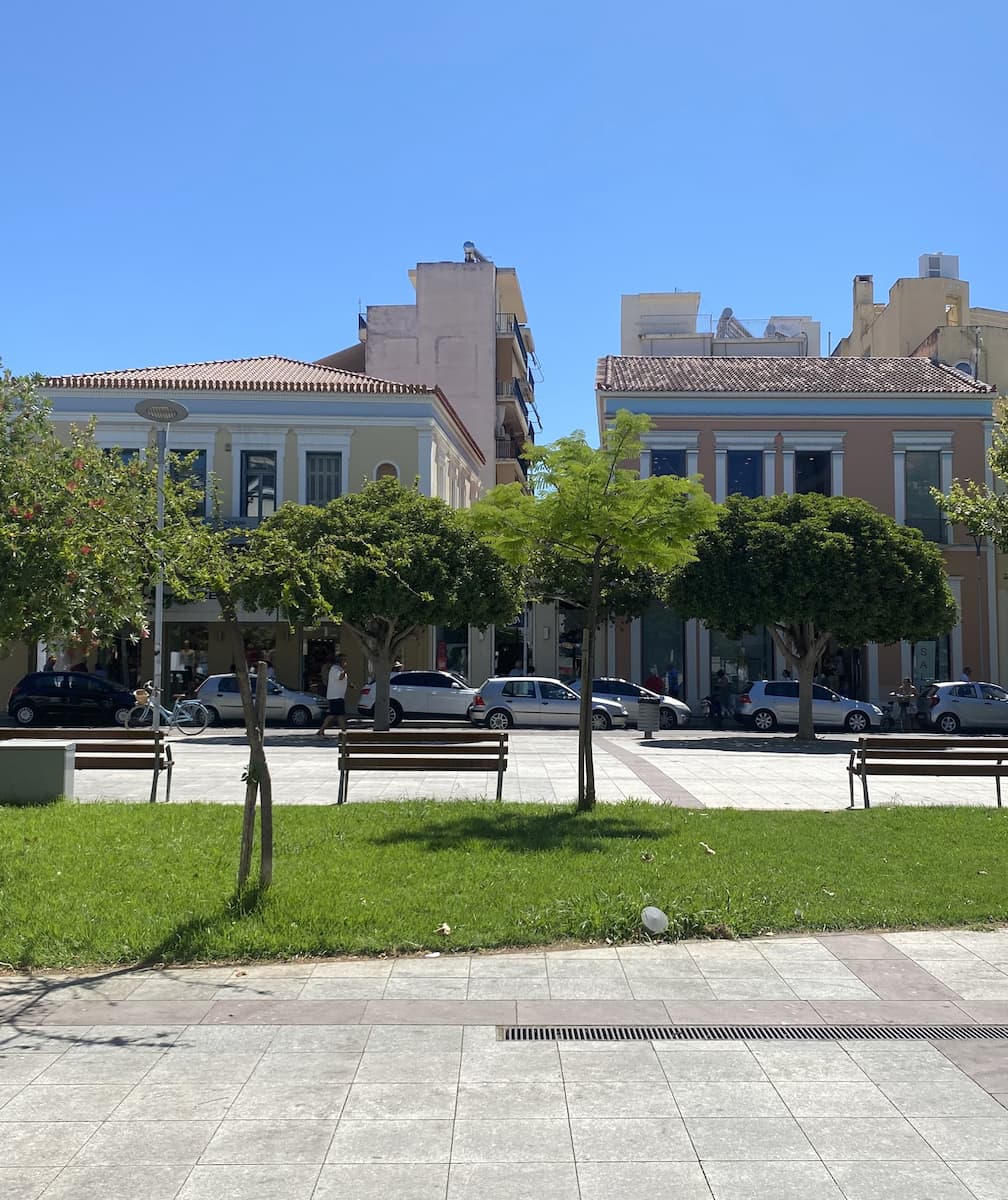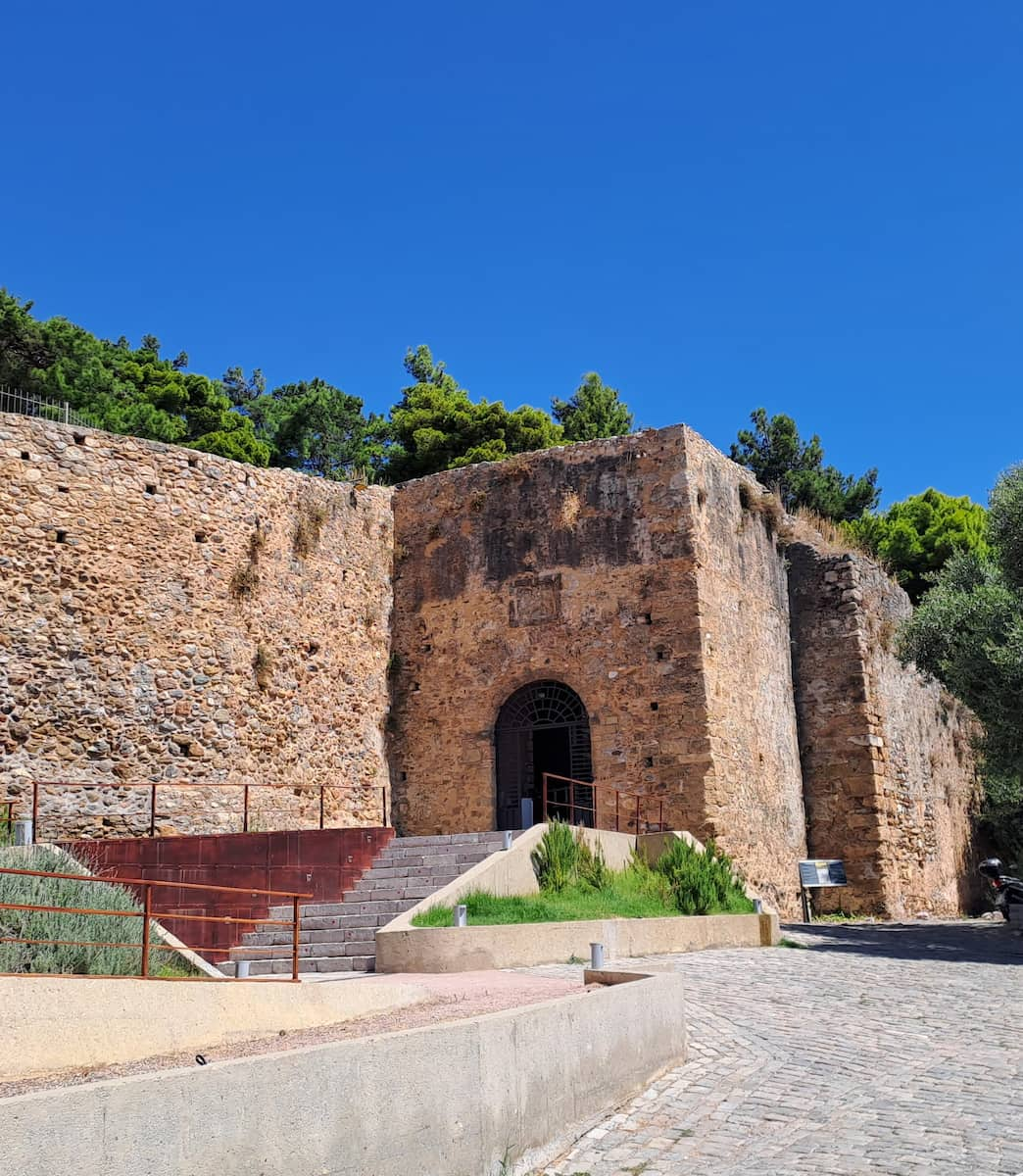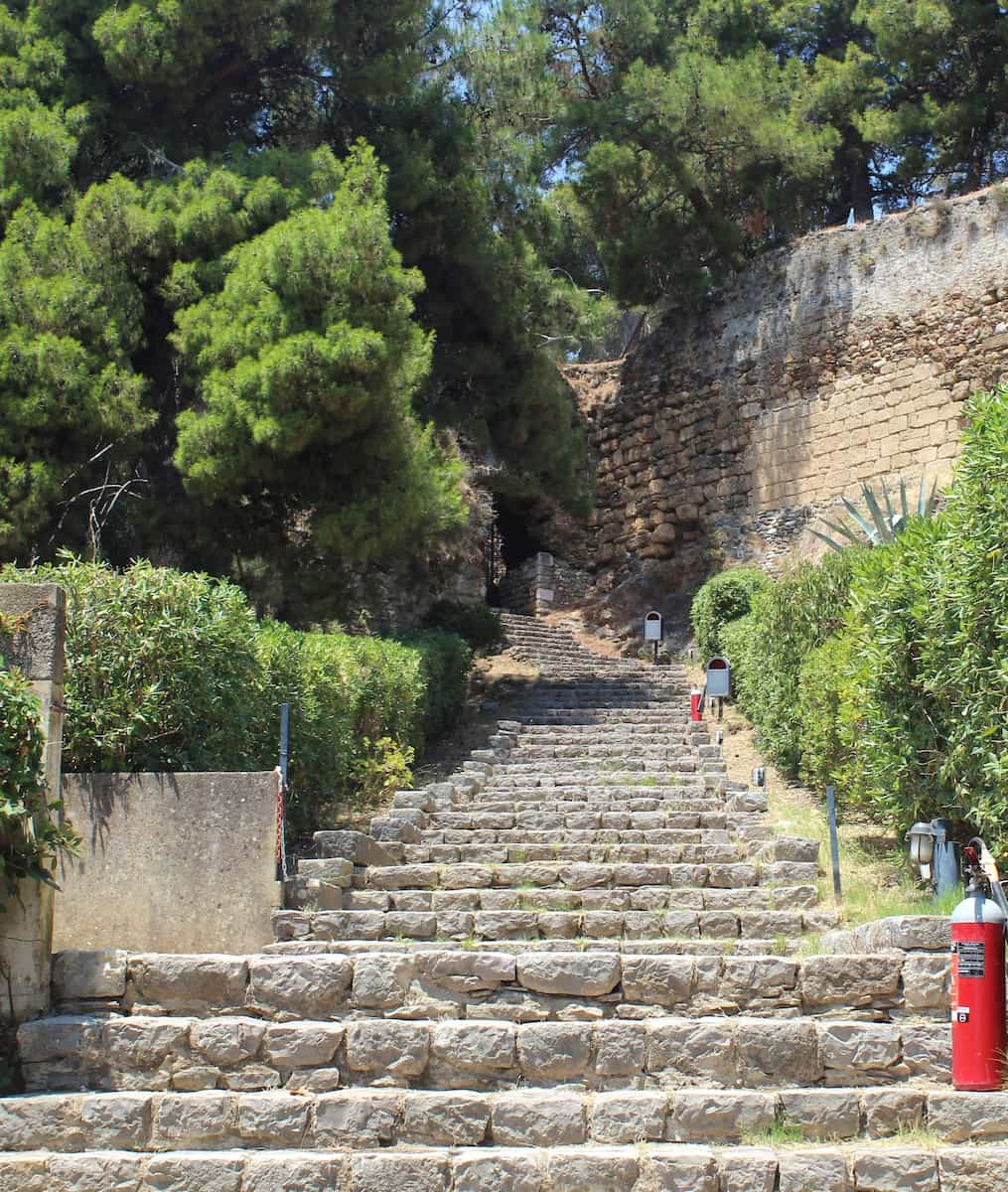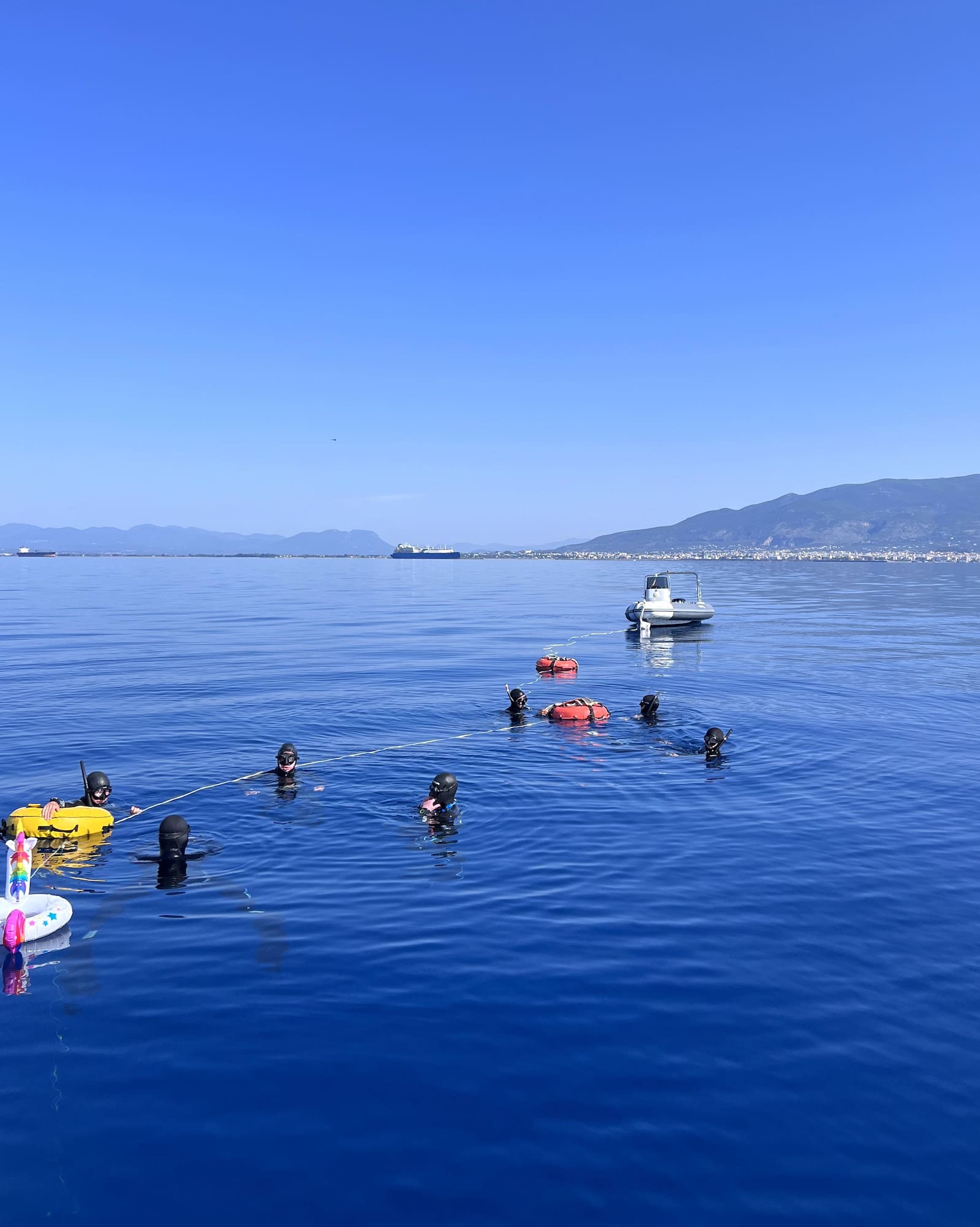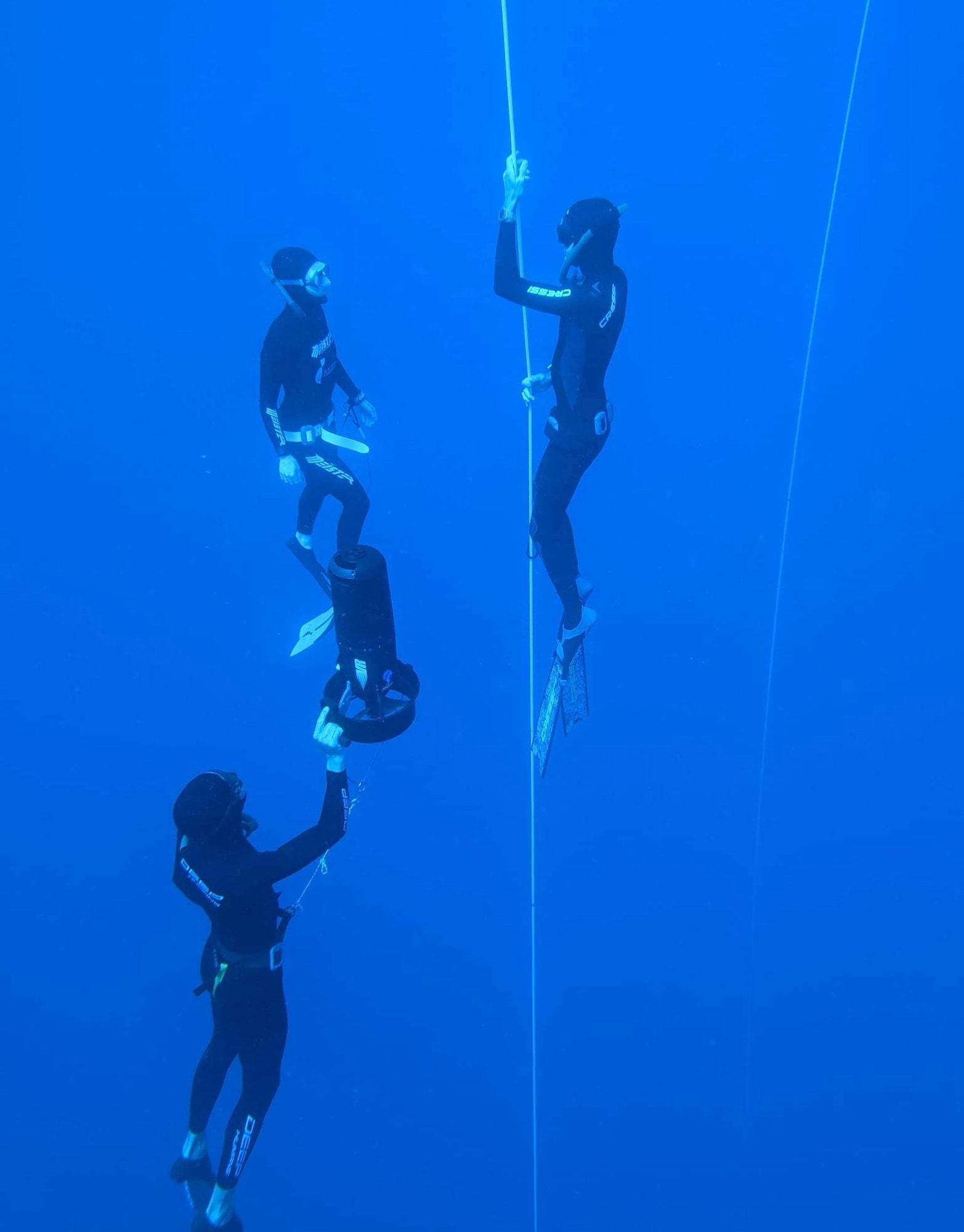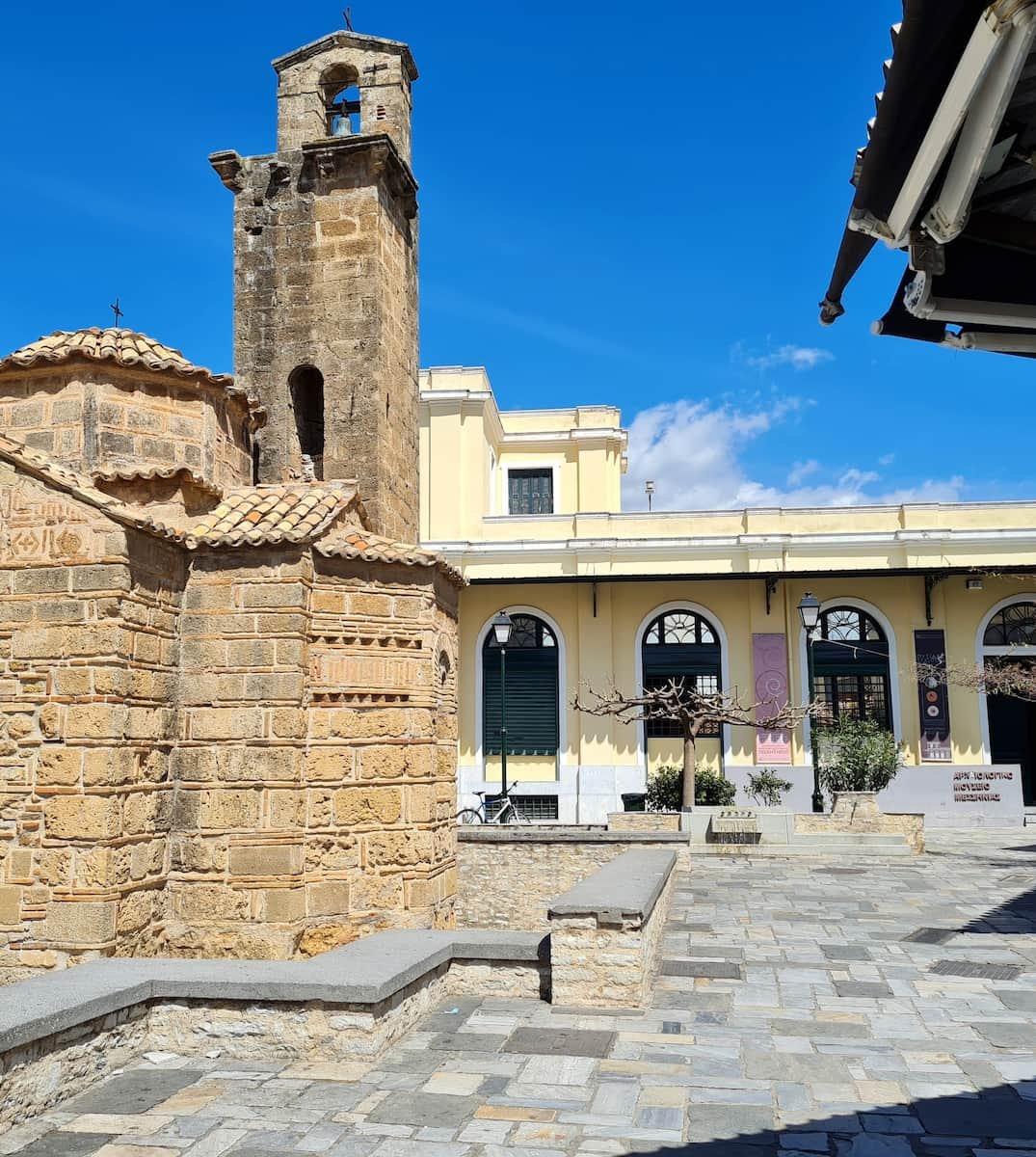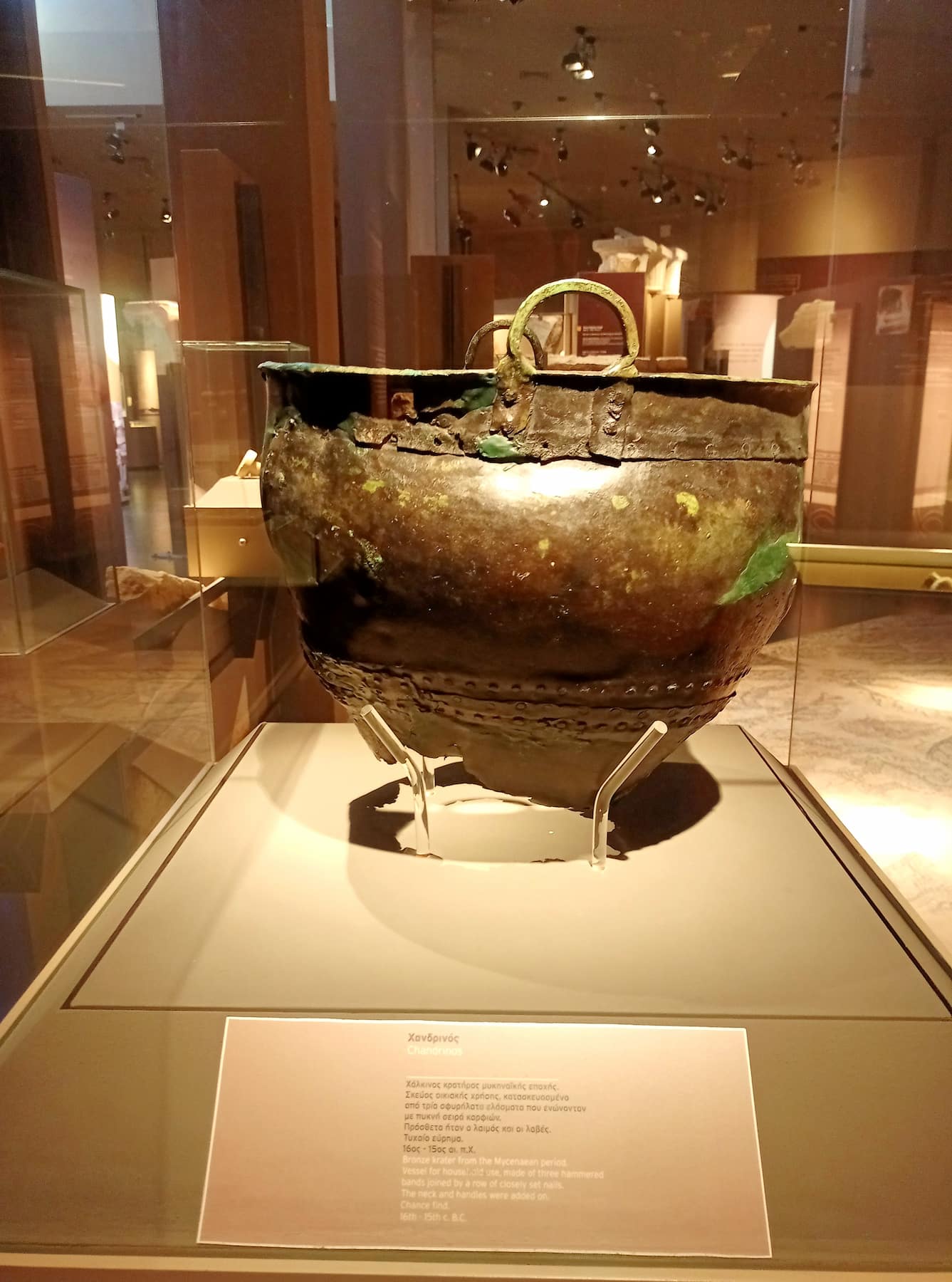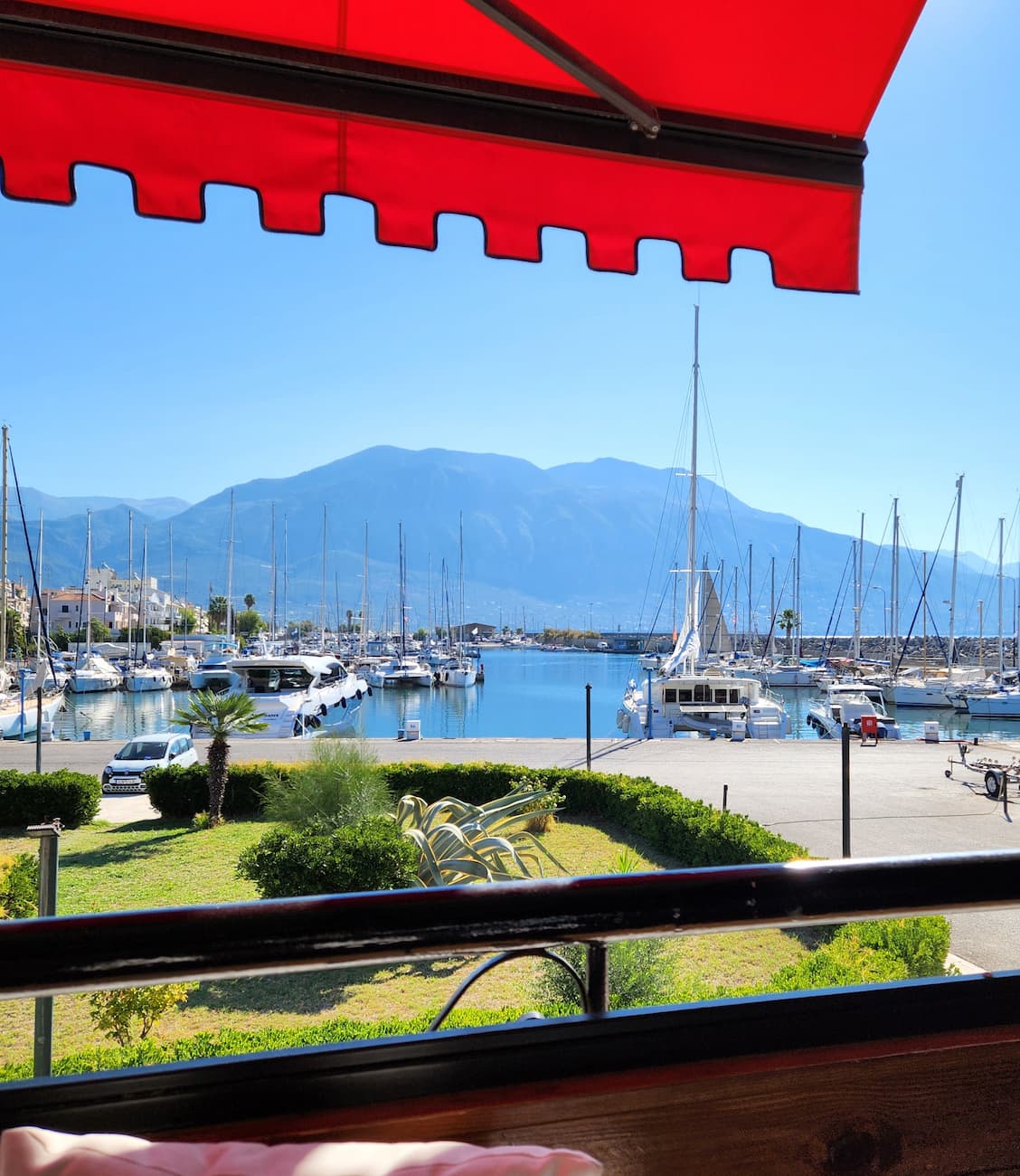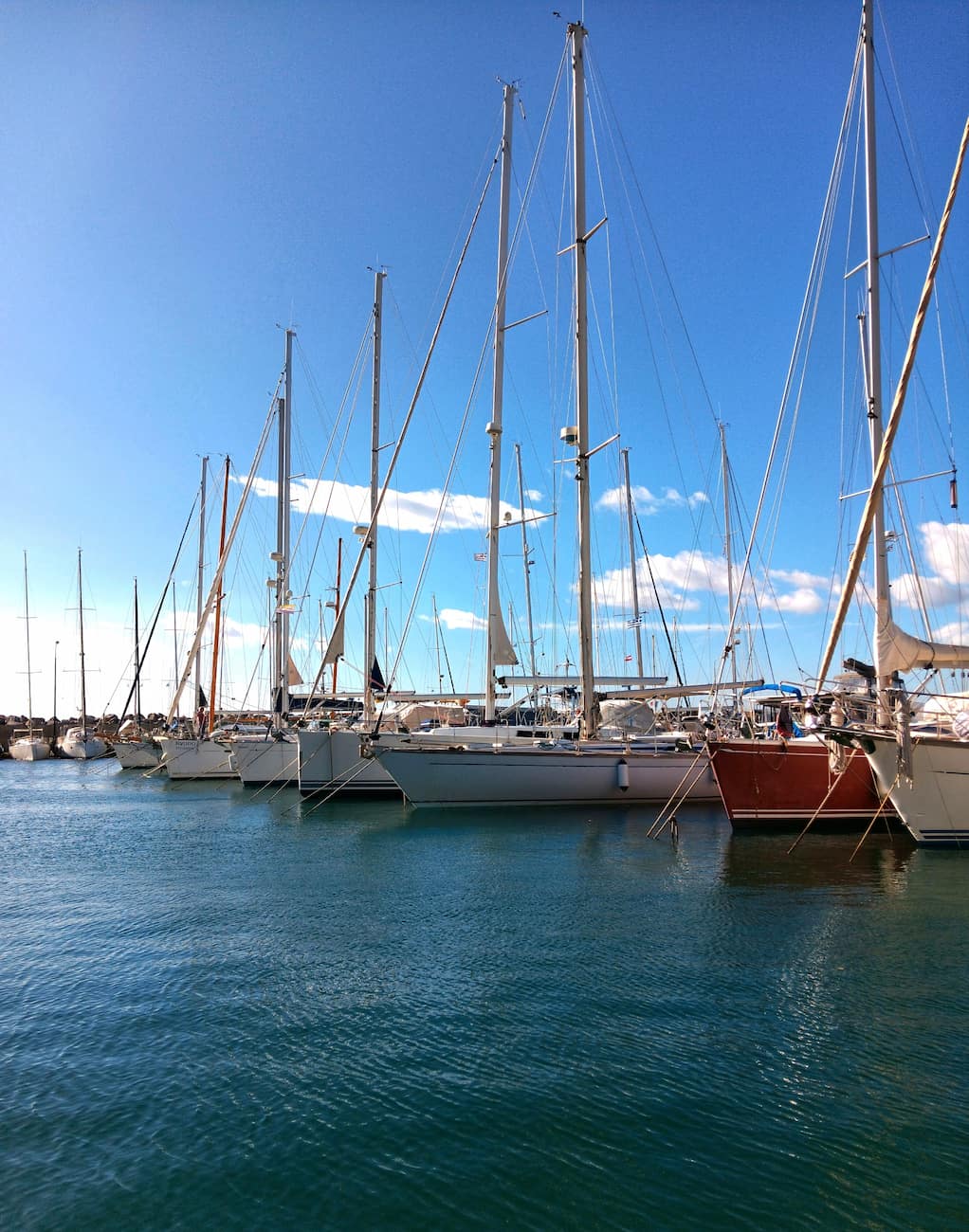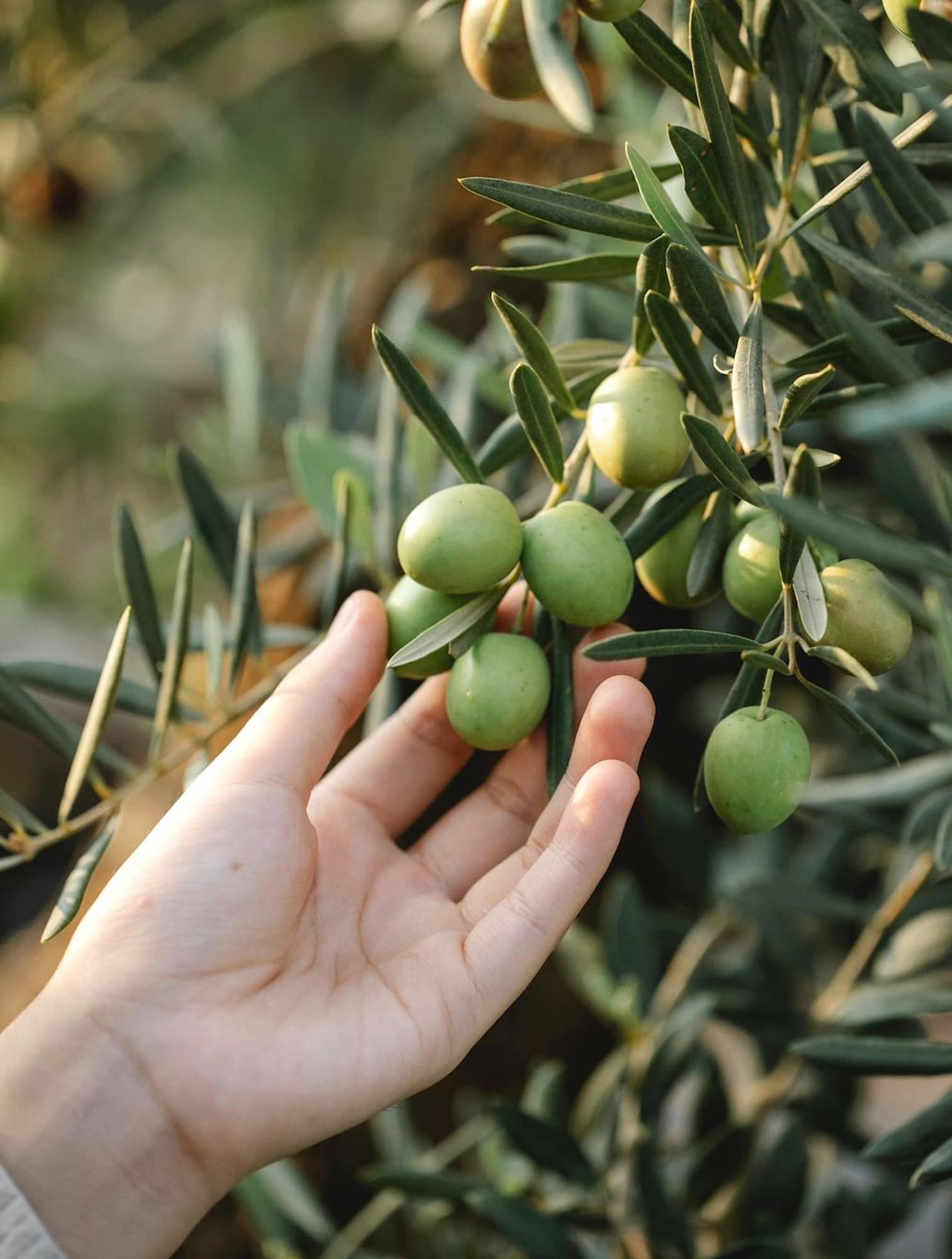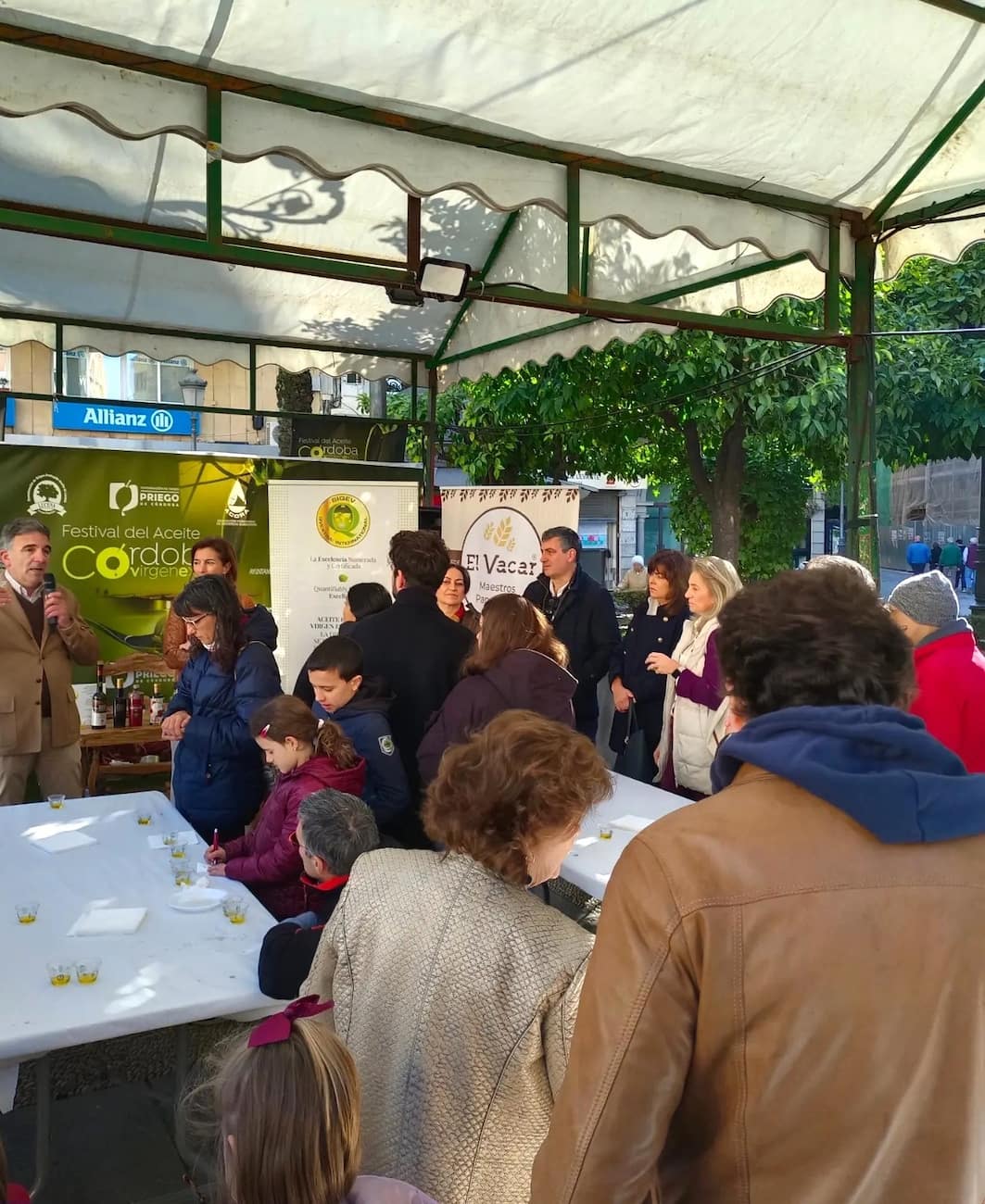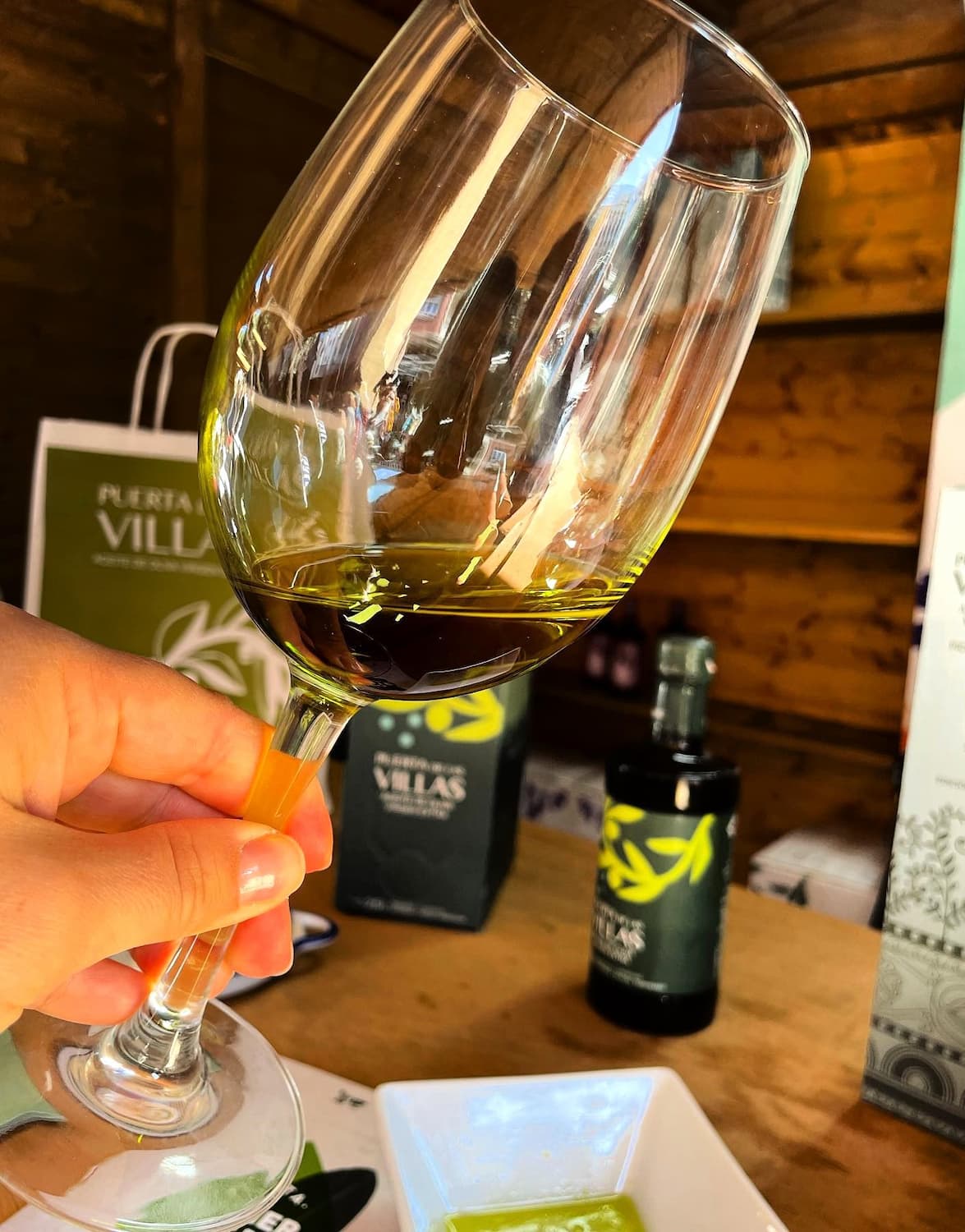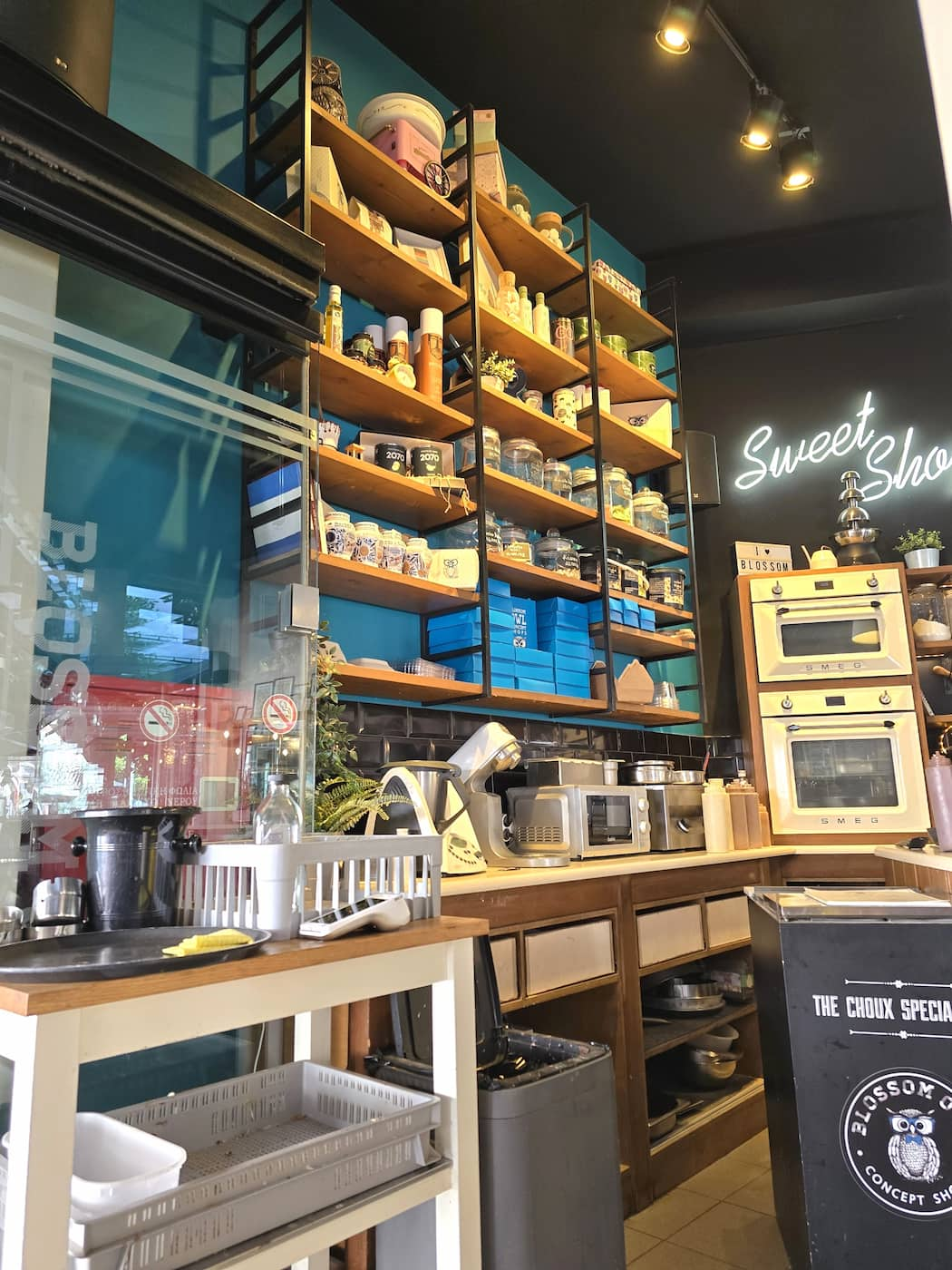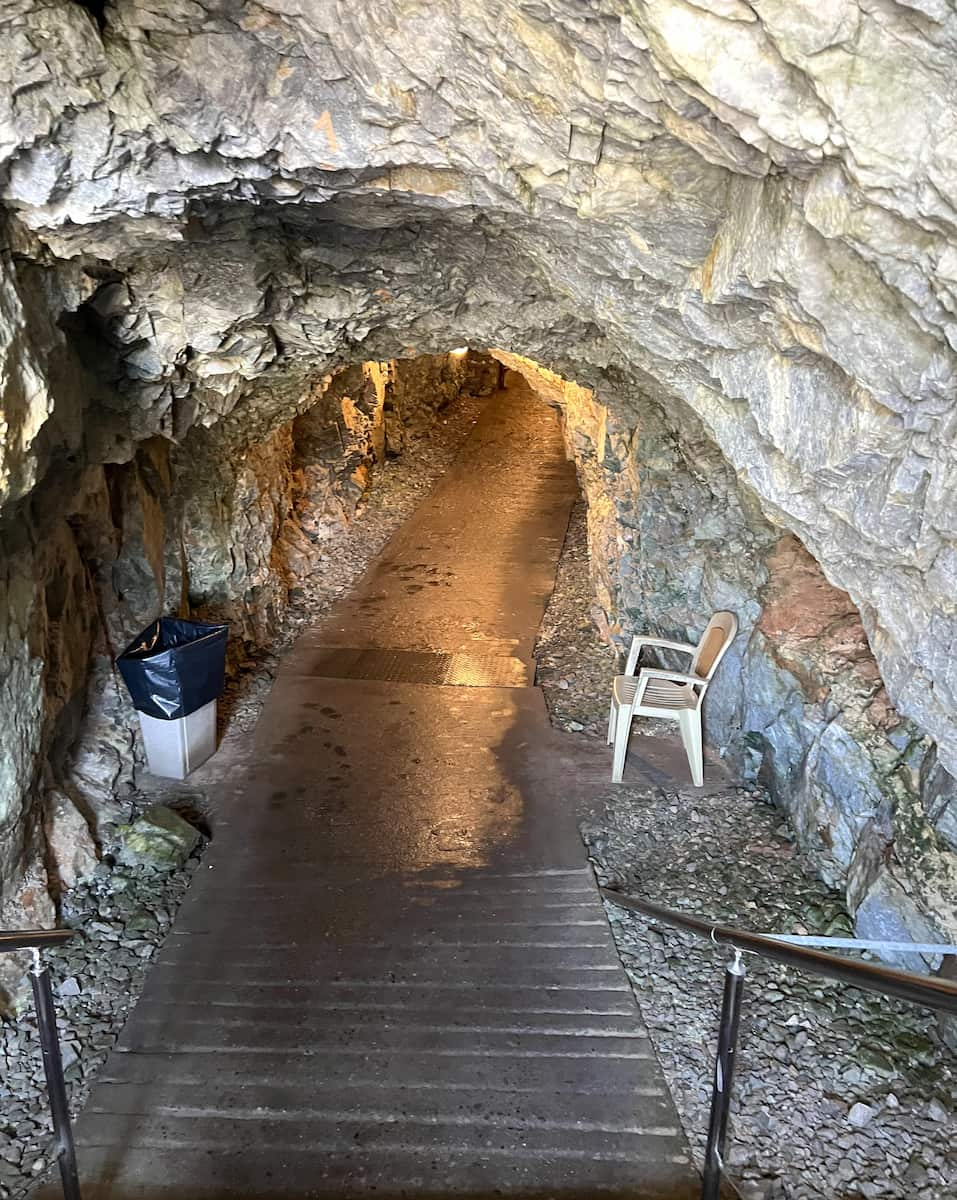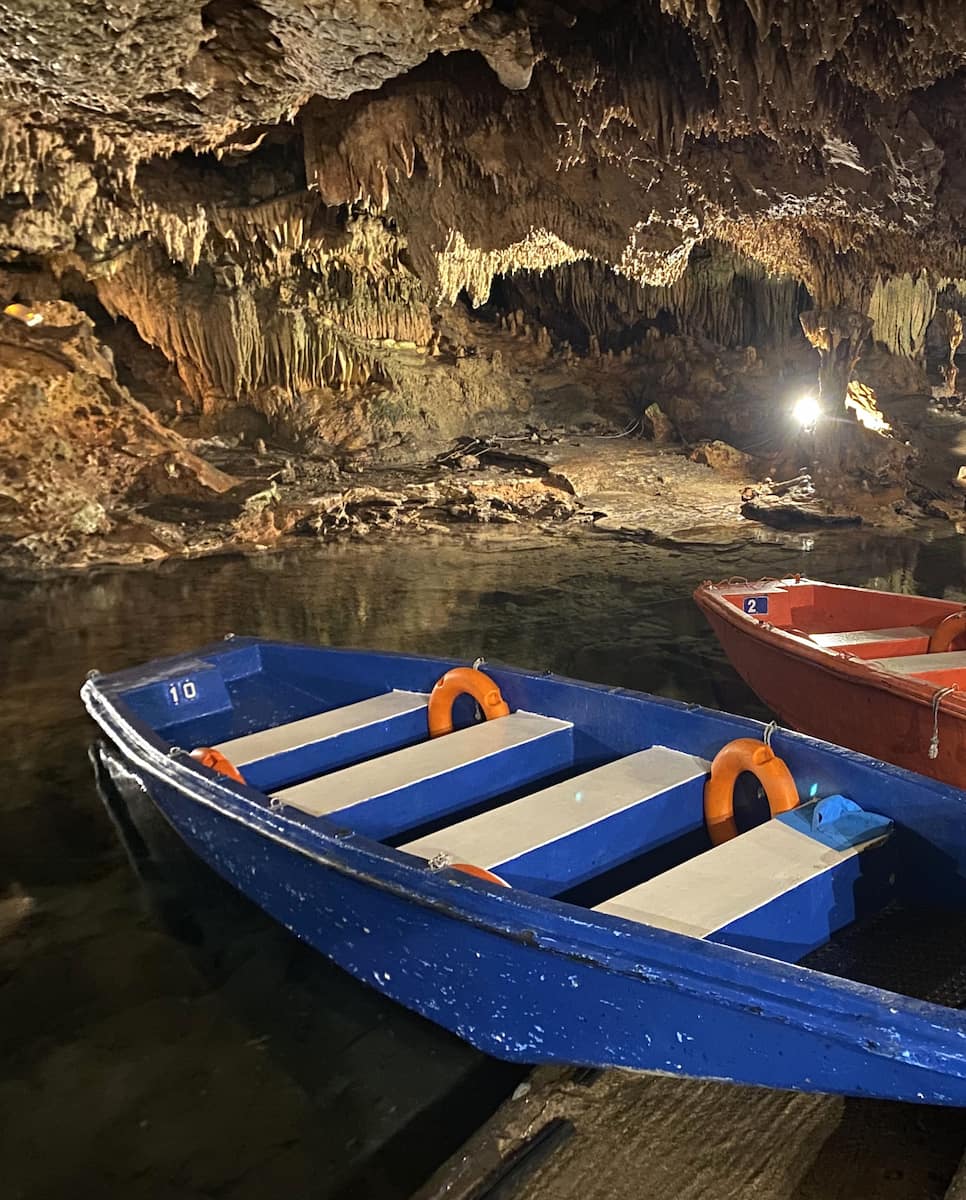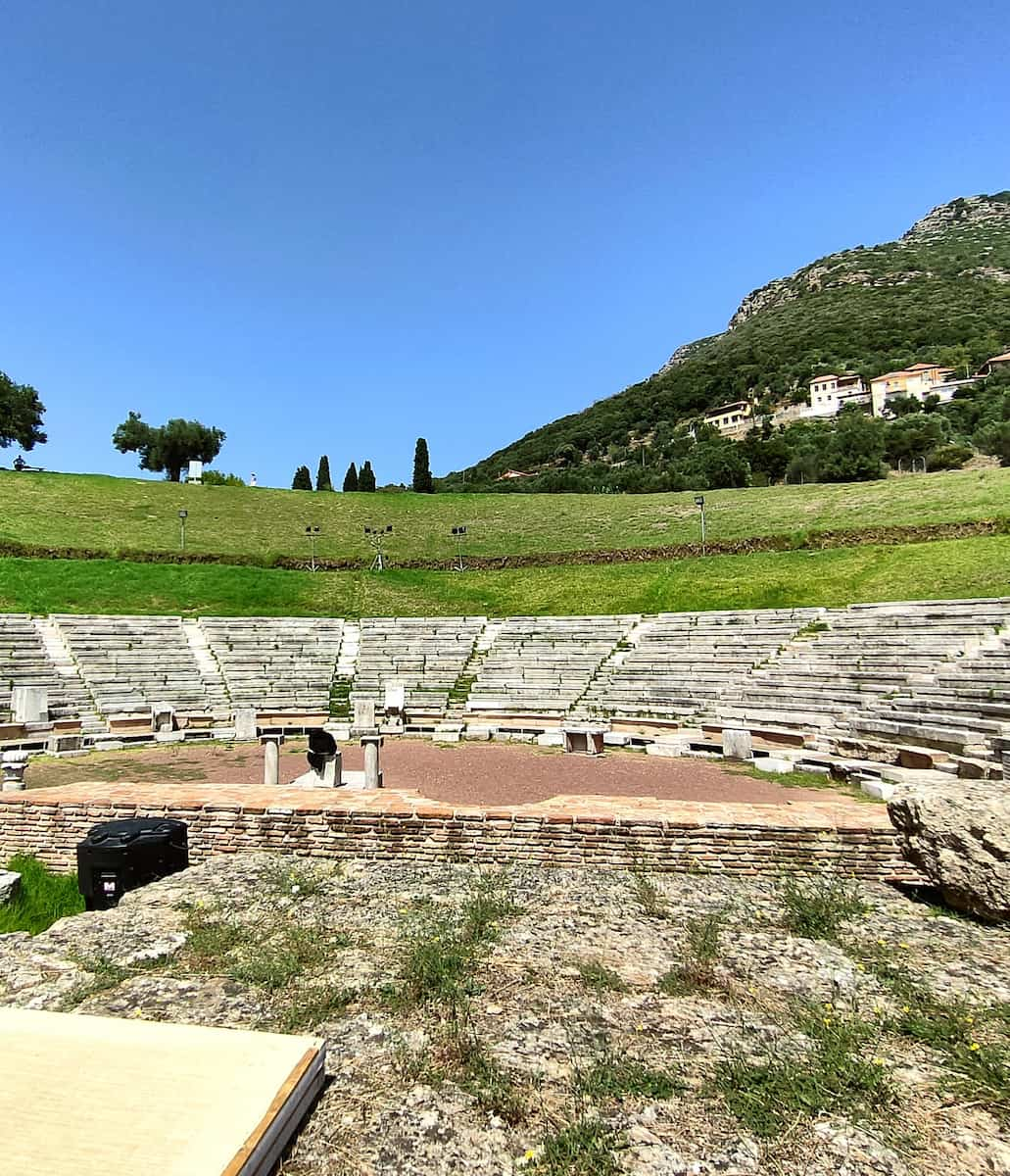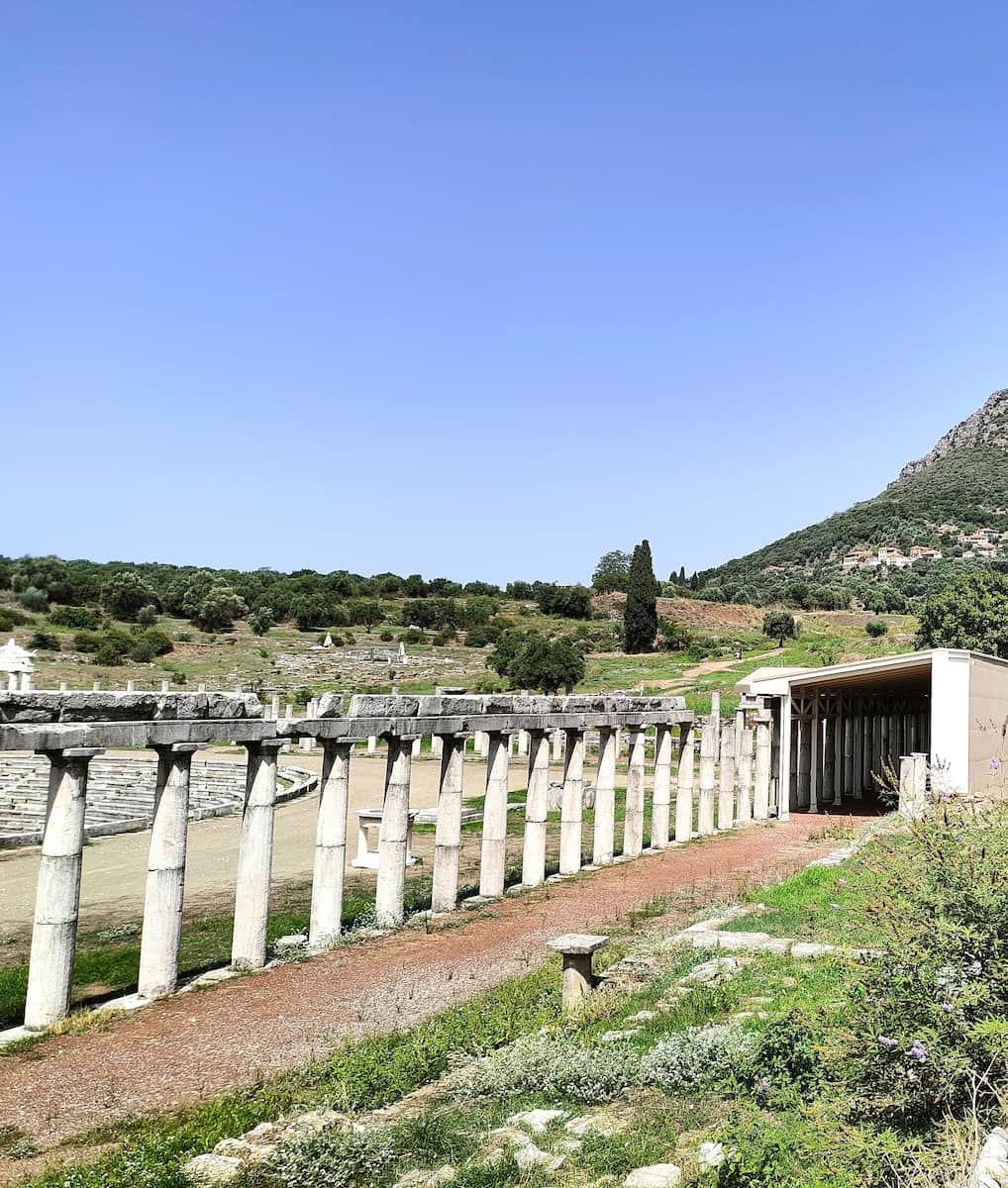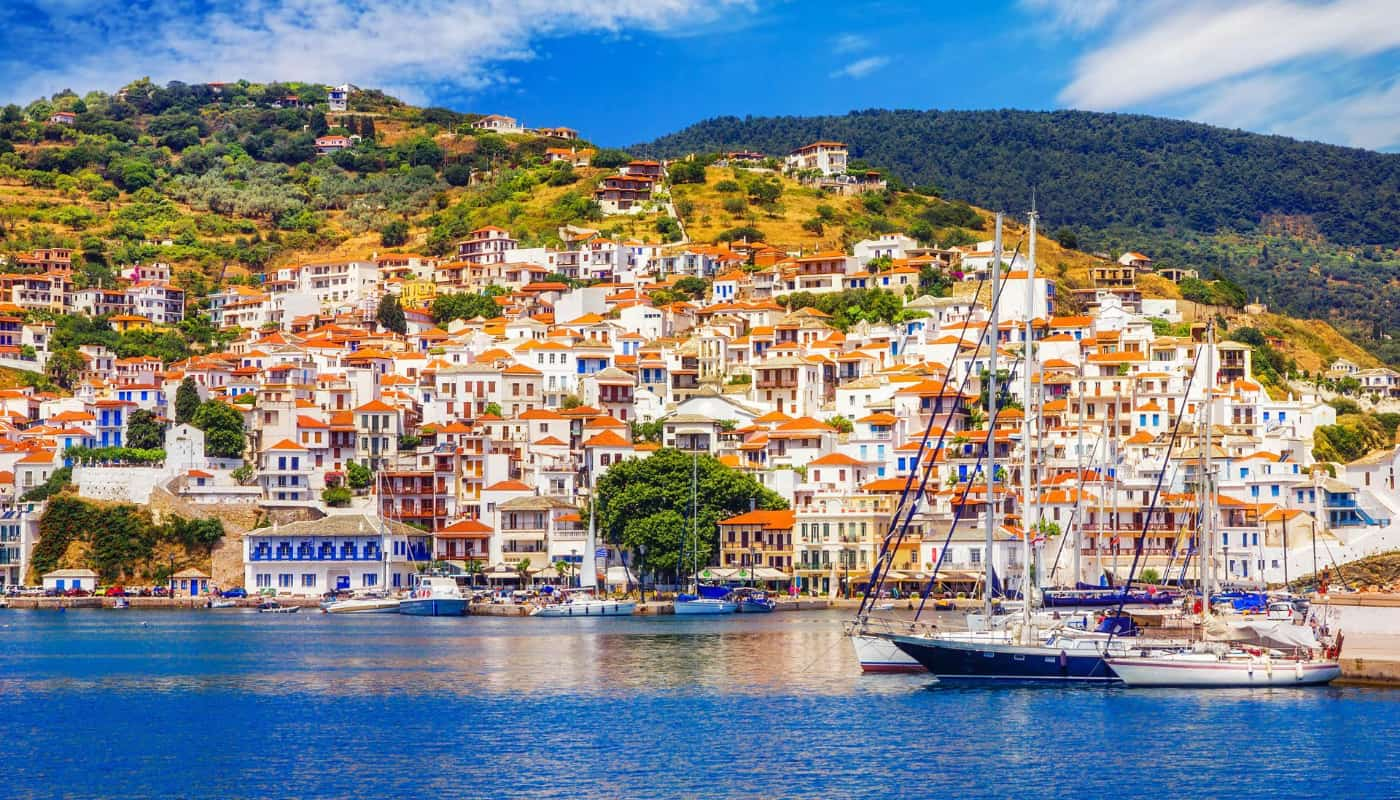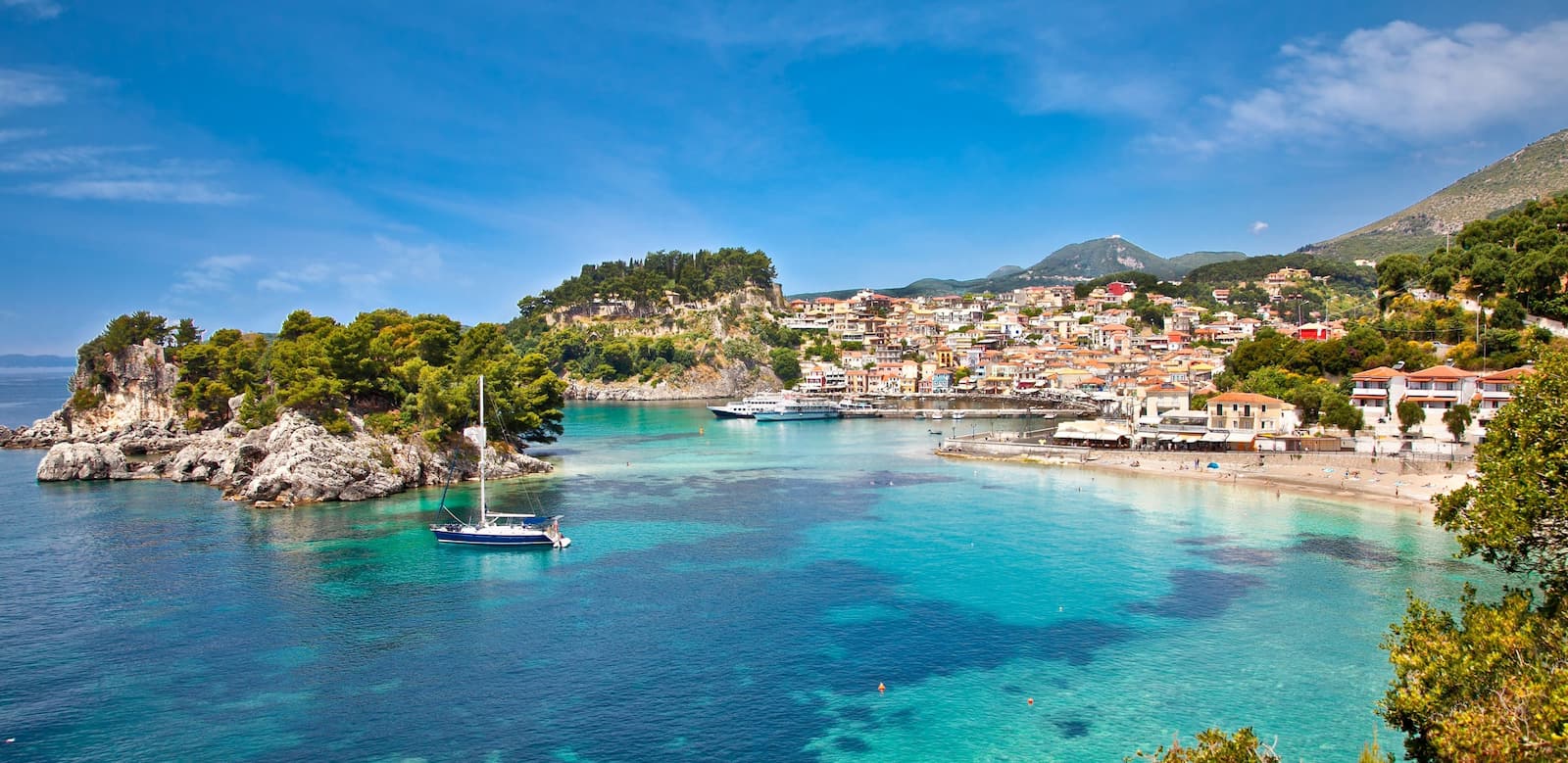Are you dreaming of a Greek getaway that’s packed with sun, flavor, and a dash of adventure? You’re in the right place! In this travel guide, I’ll share everything you need to know before you set foot in Kalamata, Greece’s southern gem. Whether you’re a first-time visitor or a seasoned explorer, you’ll find my best tips, favorite places, and honest advice—straight from my own journeys.
🏡 Where to stay in Kalamata:
- 💎 Luxury Hotel: Grand Hotel Kalamata
- ✨ 5-Star: Horizon Blu Boutique Hotel
- 🏨 4-Star: Pharae Palace
- 🛏️ 3-Star: Hotel Ostria
- 💸 Cheap: Panellinion Luxury Rooms
- 🏢 Apartments: Pol's studio, Kalamata Mediterranean Apartments
- 👨👩👧👦 For Families: Kalamata Art Rooms
- 🏩 For Couples: BlueBlood - The Rooms
👩🏻 Best guided tours:
- Kalamata: Paranormal Walking Tour in the historical center from € 22 (⭐️4.7/5)
- Kalamata 3-Hour Local Walking Tour from € 39 (⭐️4.9/5)
- Skip The Line: Ancient Messini and Archaeological Museum of Ancient Messini from € 110 (⭐️5.0/5)
- Organic Olive Grove tour & Olive oil tasting & lunch in Kalamata! from € 110 (⭐️5.0/5)
Best Things to Do in Kalamata, Greece
1. Central Square of Kalamata
The beating heart. Walking through Kalamata’s Central Square (or Vas. Georgiou Square) feels like stepping into the city’s living room. I found myself immediately drawn to its vibrant atmosphere, with locals chatting animatedly at outdoor cafés while sipping strong Greek coffee. The square stretches in a long, narrow configuration with Aristomenous Street—Kalamata’s main shopping thoroughfare—running alongside it, creating a perfect blend of relaxation and urban energy.
Seasonal charm. What surprised me most about the Central Square was how it transforms with the seasons. During my winter visit, I witnessed the lighting of the city’s Christmas tree, a magical moment that brought together families from across Kalamata. In summer, while many tourists head to the beaches, the square still pulses with life well into the evening hours. Street performers often add to the festive ambiance, making it impossible not to be swept up in the local culture.
Practical features. Beyond its social significance, the square offers practical amenities that make it tourist-friendly. Two beautiful fountains provide refreshing spots to cool down during hot summer days, while the bike path makes it easy to explore the area on two wheels. Bus stops located directly in the square make it an excellent starting point for adventures throughout the city. The square is located at Valaoritou 2, making it easy to find on any map or navigation app.
| Central Square Amenities | Available | Cost |
|---|---|---|
| Cafés and restaurants | Yes | €3-10 for coffee/snacks (€3.30-11 USD) |
| Public transportation | Bus stops | €1.20 per ride (€1.30 USD) |
| Public events | Seasonal | Mostly free |
⭐ Best activities
- Kalamata: Paranormal Walking Tour in the historical center – Jump into the miraculous and the inexplicable Listen to stories of tortures of unimaginable cruelty. Explore the silent streets hidden corners of the historical center.
2. Kalamata’s Castle
Panoramic perspectives. Perched above the city, Kalamata Castle offered me some of the most breathtaking views I’ve experienced in Greece. From its ancient walls, I gazed out over the sparkling bay and the imposing Taygetos mountains that frame the city. Though not the most elaborate castle I’ve visited, its strategic position and historical significance more than compensate for what it lacks in grandeur. The entrance fee of just €2 feels like a bargain for such spectacular vistas.
Historical layers. As I wandered through the ruins, I couldn’t help but feel connected to the centuries of history beneath my feet. The castle dates back to Byzantine times, though much of what remains today is from later periods. A small church within the castle grounds caught my attention—though it was locked during my visit, its presence added to the site’s cultural significance. The castle is particularly atmospheric in the early morning or late afternoon when the light casts dramatic shadows across the ancient stonework.
Old Town exploration. What many visitors miss is that the castle sits within Kalamata’s charming Old Town district, which deserves exploration in its own right. After descending from the castle, I meandered through narrow streets lined with traditional houses, discovering hidden courtyards and local craft shops. This area provides a refreshing contrast to the modern sections of Kalamata and offers a glimpse into the city’s authentic character.
| Castle Information | Details | Notes |
|---|---|---|
| Entrance fee | €2 (€2.20 USD) | Worth every cent for the views |
| Opening hours | 8:00 AM – 7:00 PM | Varies seasonally |
⭐ Best activities
- Kalamata 3-Hour Local Walking Tour – Take the opportunity to learn new things about this beautiful city, meet local people, taste local products, feel the openness of the locals and live like a Greek for few hours.
3. Municipal Railway Park of Kalamata
Unique open-air museum. The Municipal Railway Park of Kalamata completely surprised me—it’s the only open-air railway museum of its kind in Greece! Walking through this fascinating space, I discovered the preserved old railway station of Kalamata-Port and its surrounding grounds. What makes this park special is how it combines historical preservation with recreational space, creating an attraction that appeals to both railway enthusiasts and casual visitors seeking a pleasant green area.
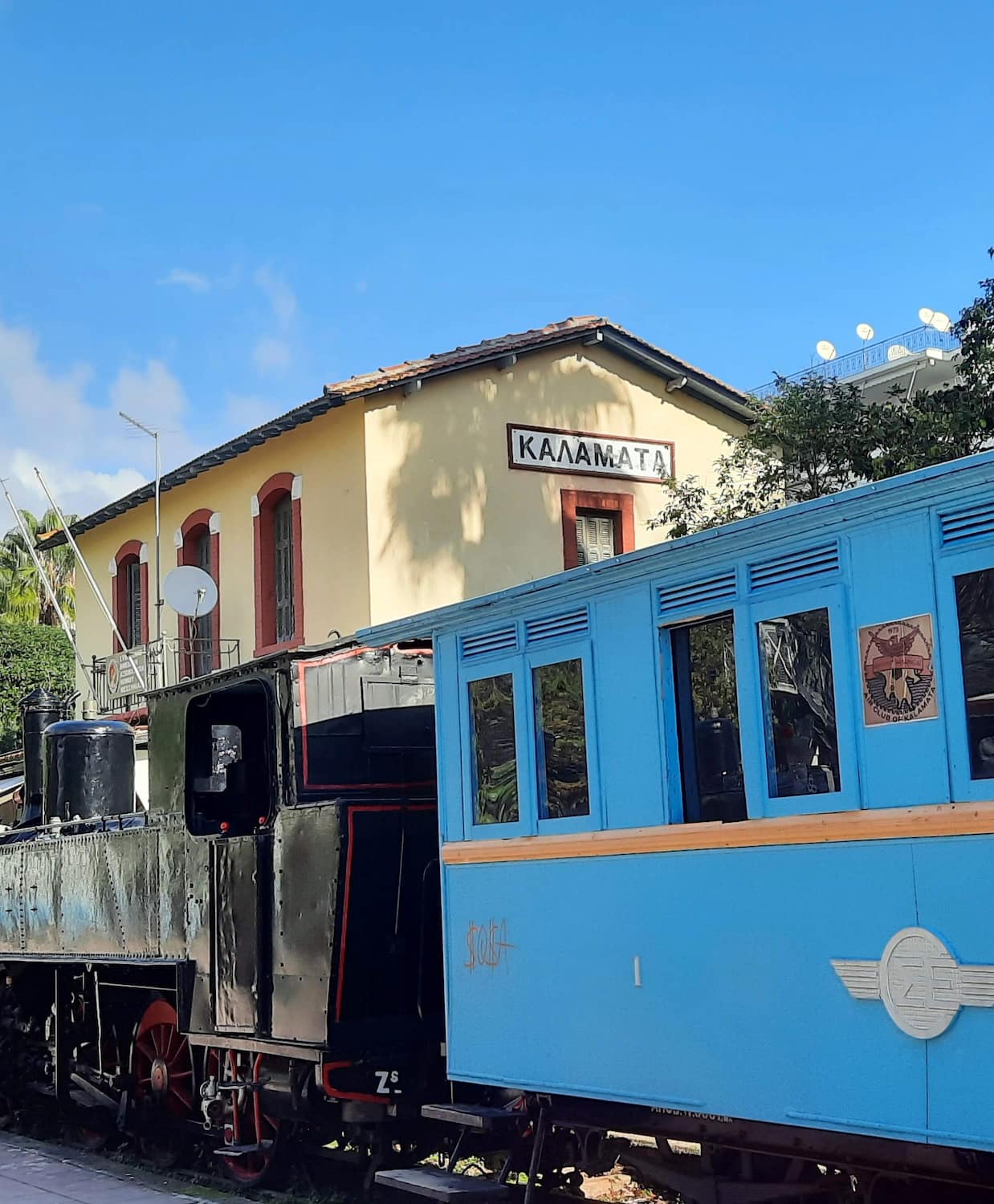
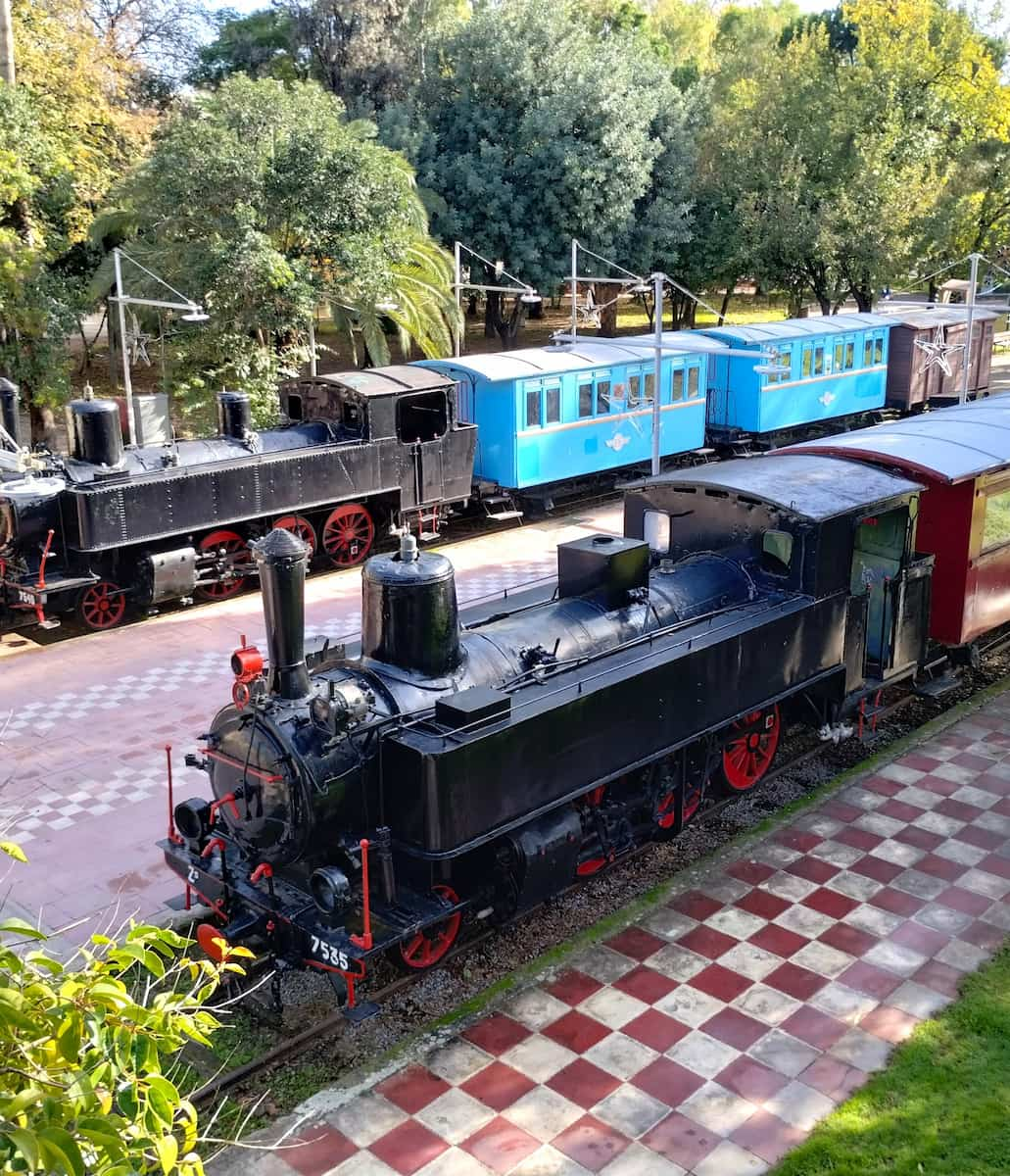


Vintage treasures. The collection of rolling stock on display captivated my attention for hours. I marveled at seven beautifully preserved steam engines and even wooden subway cars that once connected Athens to Piraeus. The attention to detail extends to smaller railway artifacts too—water towers with cylindrical stone bases, control wheels, switch levers, and old lanterns that transport you back to the golden age of rail travel.
Family-friendly space. What I appreciated most was how the park has been thoughtfully designed as a multifunctional public space. Beyond the railway exhibits, I found shady green areas perfect for relaxing, playgrounds where local children laugh and play, and even public exercise courts. The converted ‘Limeni’ train station now serves as a charming café where I enjoyed a freddo espresso while watching people stroll by. The park stretches from the south end of Aristomenous Street all the way to Kritis Street, making it a substantial green corridor in the urban landscape.
Visitor Information:
- Location: South end of Aristomenous Street
- Exhibits: Steam engines, vintage carriages, railway artifacts
- Amenities: Café, playgrounds, exercise courts, green spaces
4. Kalamata Freedivers
Underwater adventures. My experience with Kalamata Freedivers opened up an entirely new dimension of the region—beneath the surface of its crystal-clear waters. Located in Kalamata bay, this freediving center offers ideal conditions with flat morning seas, warm water temperatures, and no currents to worry about. As someone who had only basic swimming experience, I was nervous at first, but their professional approach quickly put me at ease.
Professional training. What impressed me most was the quality of instruction. The Basic Freediving Training sessions are conducted in small groups (maximum three divers) and limited to 50m depth, making them perfect for beginners and intermediate freedivers alike. My instructor not only provided technical guidance but also helped me understand my strengths and overcome psychological barriers that were holding me back. The price of €45 per session includes use of facilities, equipment storage, transportation to the diving site, and professional coaching.
World-class facilities. The center’s amenities exceeded my expectations. After a short 10-minute boat ride to the dive site, I was able to focus entirely on my underwater experience. Upon returning, the warm showers, changing rooms, and secure lockers made the post-dive transition comfortable and convenient. For those without their own gear, high-quality freediving equipment is available for rent. The center operates between April 1st and November 15th, making it a perfect warm-weather activity for visitors to Kalamata.
| Freediving Options | Price | Includes |
|---|---|---|
| Basic Training Session | €45 | Facilities, transportation, coaching |
| Equipment Rental | Varies | Top-quality freediving gear |
| Advanced Training | €75 | Access to main line (up to 140m) |
Things to Do in Kalamata with Kids
1. Kalamata Military Museum
Interactive history. Taking my two nephews (ages 8 and 11) to the Kalamata Military Museum turned out to be an unexpected hit. Located in the former military camp of Papaflessa, this compact museum offers a hands-on approach to history that captivated even my normally restless younger nephew. What makes this place special for families is how it transforms potentially dry military history into an engaging experience through interactive displays and impressive visual exhibits that bring Greece’s military past to life.
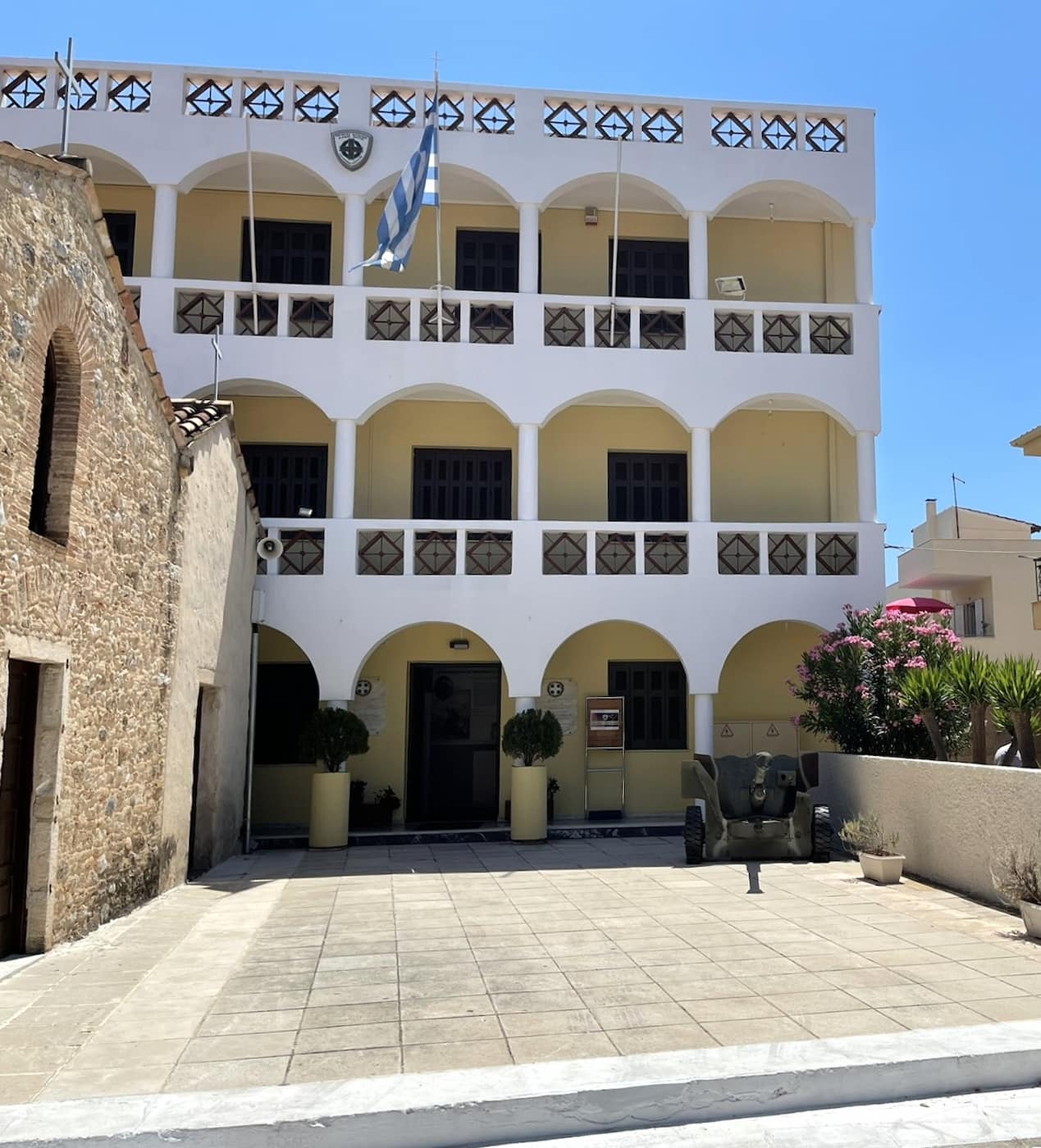
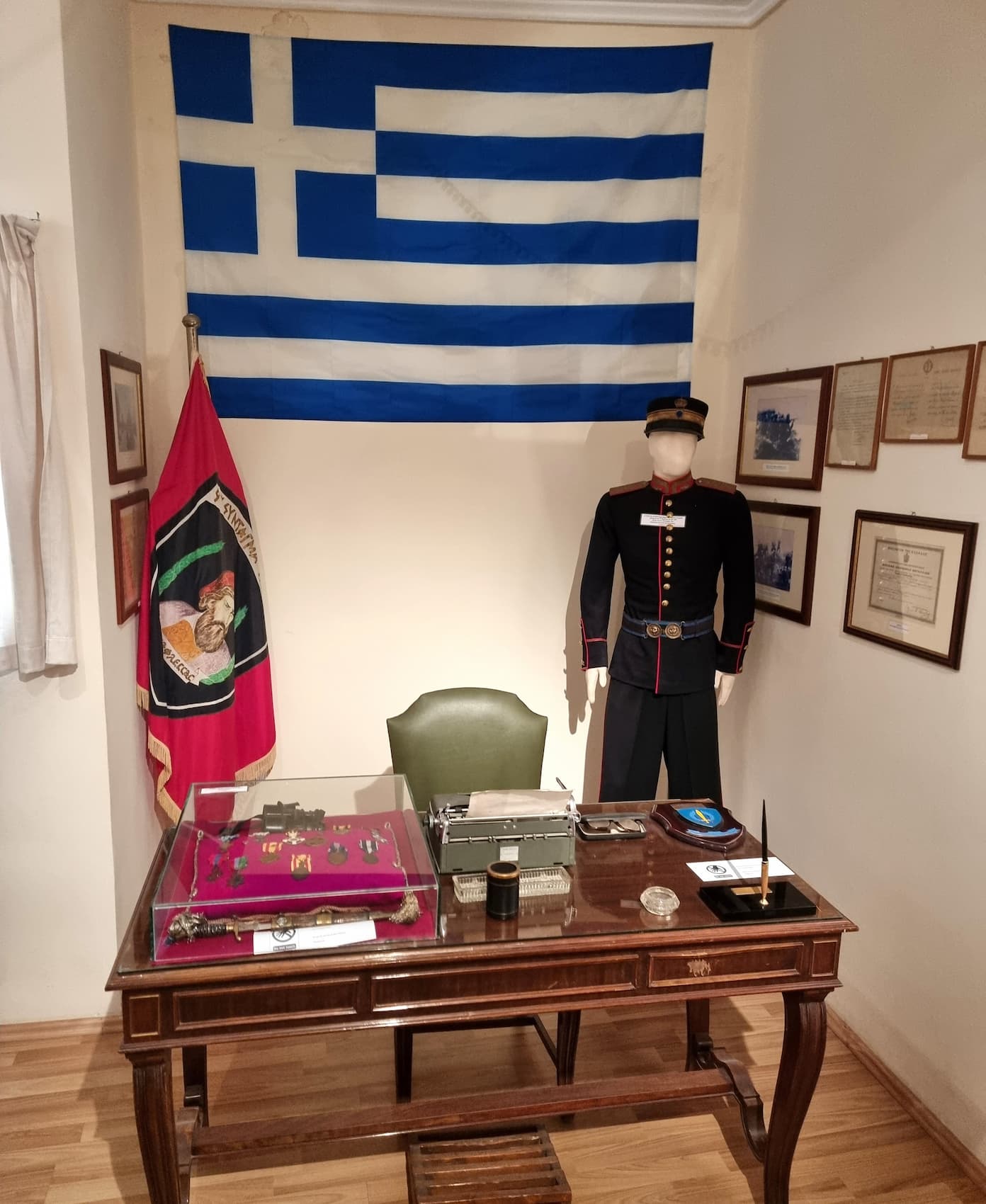


Impressive collections. The museum’s collection spans several important periods of Greek military history, with particular emphasis on World War II, the Greek Civil War, and more recent military operations. My nephews were fascinated by the authentic uniforms, weapons, medals, and photographs on display. The highlight for them was undoubtedly the outdoor exhibition area where they could climb aboard decommissioned military vehicles and aircraft. The genuine excitement in their eyes as they pretended to pilot an old military helicopter made the visit worthwhile for all of us.
| Kalamata Military Museum Details | Information | Notes |
|---|---|---|
| Entrance Fee | €3 adults, €1.50 children | Family ticket: €7 |
| Opening Hours | Tues-Sun: 9:00 AM – 2:00 PM | Closed Mondays |
| Time Needed | 1-2 hours | Longer if your kids are history buffs |
2. Archaeological Museum of Messinia
Time-traveling adventure. The Archaeological Museum of Messinia turned out to be surprisingly child-friendly, despite my initial concerns that it might be too academic for kids. Located in the heart of Kalamata at Benakeion Cultural Center, this modern museum takes visitors on a chronological journey through the region’s rich history. My nephews were immediately drawn to the life-sized reconstructions and dioramas that bring ancient Messinian life into the present day. The museum’s smart layout creates a natural flow that kept us moving from one fascinating exhibit to the next.
Hands-on learning. What truly sets this museum apart for families is its interactive elements. Throughout our visit, we encountered touch screens with educational games, puzzles based on archaeological finds, and even a section where children can handle replicas of ancient artifacts. The museum has cleverly designed these interactive stations to blend education with play. I watched as my nephews spent nearly 20 minutes at one station trying to piece together a broken pottery replica, completely absorbed in the task while simultaneously learning about ancient Greek ceramics.
| Archaeological Museum Features | Details | Kid Appeal |
|---|---|---|
| Entrance Fee | €4 adults, €2 children | Free for children under 6 |
| Interactive Exhibits | Touch screens, puzzles, replicas | High – keeps kids engaged |
| Special Programs | Weekend workshops (seasonal) | Call ahead to check availability |
Free Things to Do in Kalamata
1. Kalamata Marina
Nautical paradise. Walking along Kalamata Marina on a bright spring morning was one of the most relaxing experiences of my Greek adventure. This modern harbor can accommodate up to 250 vessels ranging from modest fishing boats to impressive SuperYachts, creating a fascinating display of maritime wealth and culture. I spent hours meandering along the waterfront, admiring the gleaming hulls and creative boat names that never failed to make me smile. The contrast between the azure waters of the Messinian Gulf and the dramatic backdrop of the Taygetus mountains creates a postcard-perfect scene that no photo can truly capture.
People-watching haven. What struck me most about the marina wasn’t just the boats but the vibrant social scene that unfolds there. Local fishermen mend their nets while chatting with wealthy yacht owners, creating a unique social melting pot that feels distinctly Mediterranean. During my visit last week, I watched an elderly captain meticulously polishing brass fittings while explaining traditional sailing techniques to fascinated tourists. The marina transforms throughout the day – quiet and contemplative in the morning, buzzing with activity by afternoon, and romantically lit by evening when couples stroll hand-in-hand along Navarino Avenue.
Culinary temptations. While the marina itself is free to explore, I must warn you that the tempting waterfront restaurants might test your budget resolve. The aromas wafting from seafood tavernas like To Limeni and Notiás proved almost impossible to resist. However, I discovered that bringing my own picnic to enjoy on the public benches offered the same million-dollar views without the price tag. The marina is particularly magical at sunset, when the fading light casts a golden glow across the water and the boats become silhouettes against the colorful sky – a perfect backdrop for a simple meal of local bread, cheese, and olives.
| Kalamata Marina Overview | Details | Notes |
|---|---|---|
| Nearby Restaurants | To Limeni, Notiás | Waterfront dining, higher prices |
| Picnic Areas | Public benches along marina | Bring your own food for savings |
| Activities | Walking, boat watching, photography | Great for families and couples |
| Accessibility | Wheelchair accessible paths | Flat, paved surfaces |
2. Municipal Railway Park of Kalamata
Historical treasure. The Municipal Railway Park of Kalamata completely surprised me with its unique charm and historical significance. As the only open-air railway museum in Greece, this 54-acre green space near the city center offers a fascinating glimpse into the country’s transportation history without costing a single euro. I was immediately drawn to the collection of vintage locomotives, standing like sleeping giants among the trees. The centerpiece is the beautifully preserved old “Kalamata Port” station building, which now houses a small café on its ground floor. Running my hand along the cool metal of a decommissioned steam engine, I felt a tangible connection to Greece’s industrial past.
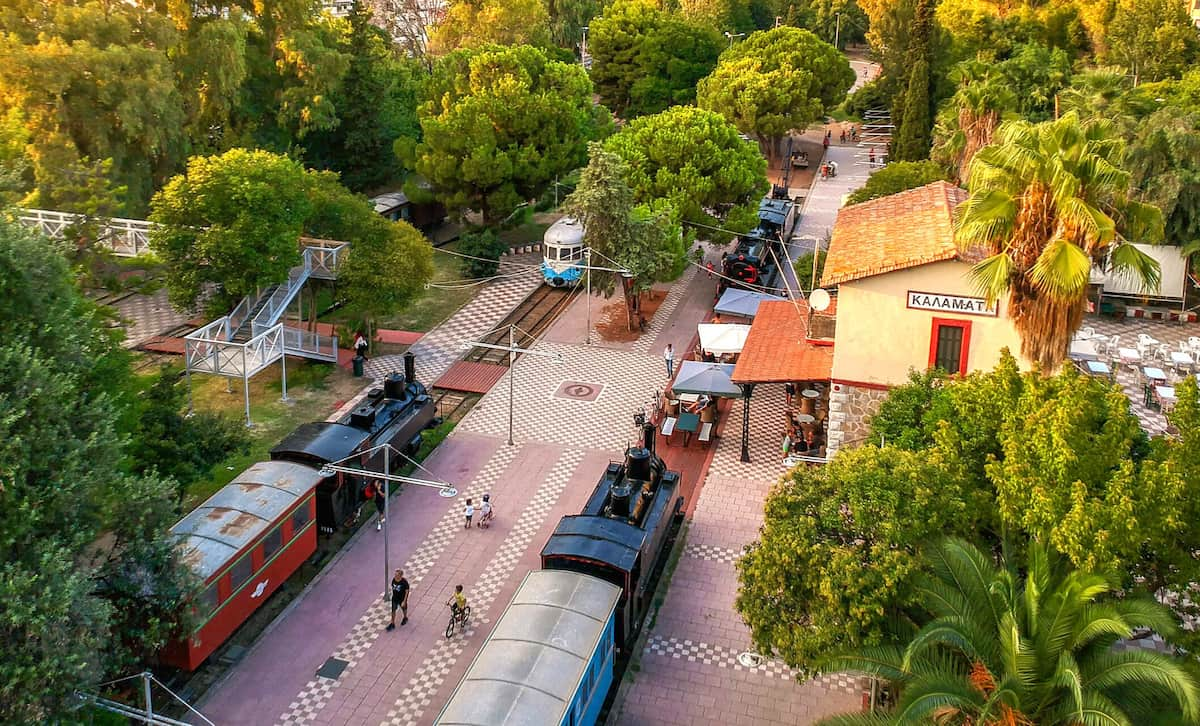
Green oasis. Beyond its historical significance, the park functions as a verdant retreat from the urban bustle. Tall trees provide welcome shade during hot summer days, making it an ideal spot for a leisurely picnic or afternoon reading session. During my visit, I watched local families enjoying the basketball and volleyball courts while children squealed with delight in the playgrounds. The small artificial lake adds to the tranquil atmosphere, creating a perfect backdrop for reflection or photography. Despite being just steps from Kalamata’s central square, the park feels like a secret garden where time slows down and city noise fades away.
Educational experience. What makes this park truly special is how it combines education with recreation. As I explored the railway exhibits, I discovered water towers with cylindrical stone bases, control wheels, switch levers, and vintage lanterns that told the story of Greece’s railway development. The collection includes seven preserved steam engines and various passenger carriages that served until relatively recently.
Visitor Information:
- Main Attractions: Vintage locomotives, old station café
- Facilities: Playground, sports courts, artificial lake
- Café Prices: Coffee €2.50
- Activities: Picnics, history tours, leisure walks
Seasonal Activities
Summer
Beach paradise. Summer in Kalamata transforms the city into a vibrant coastal playground. I spent countless hours at Kalamata Beach, a Blue Flag awarded stretch of coastline that extends for over 2.5 kilometers along the Messinian Gulf. The contrast between the dark pebbles and crystal-clear turquoise waters creates a striking visual that’s uniquely Greek. Unlike the overcrowded beaches of more touristy islands, I found plenty of space to spread out my towel even in peak July.

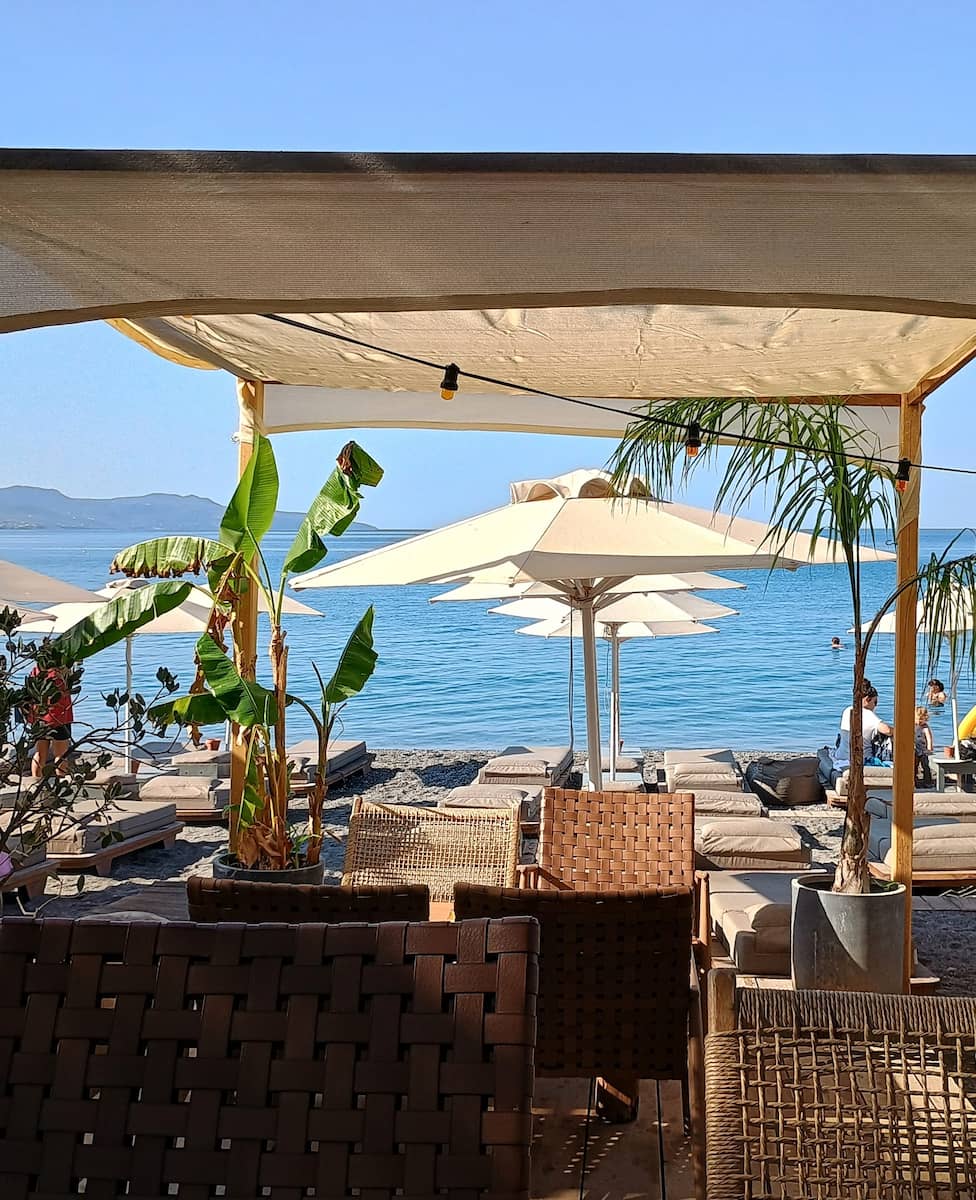
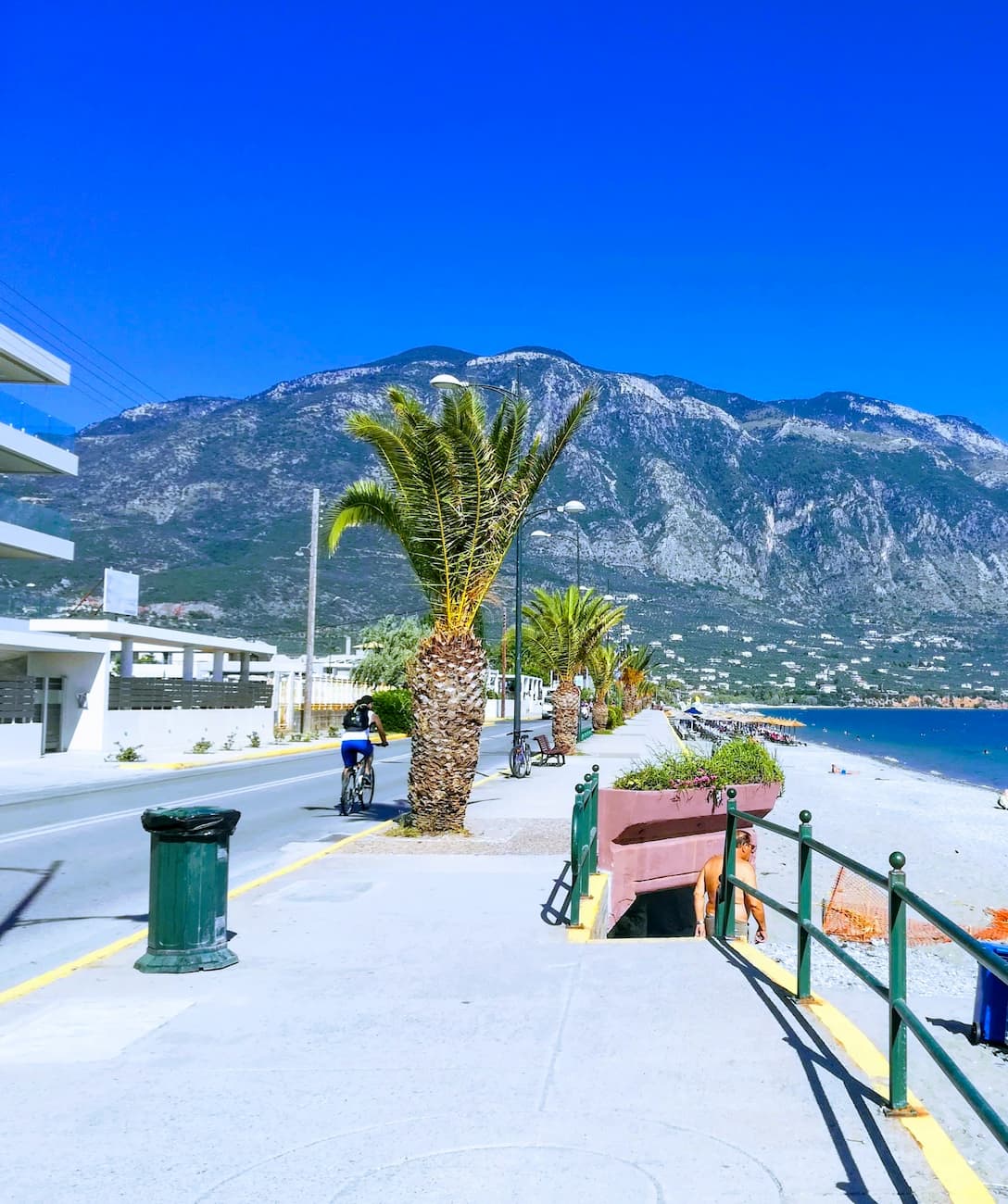
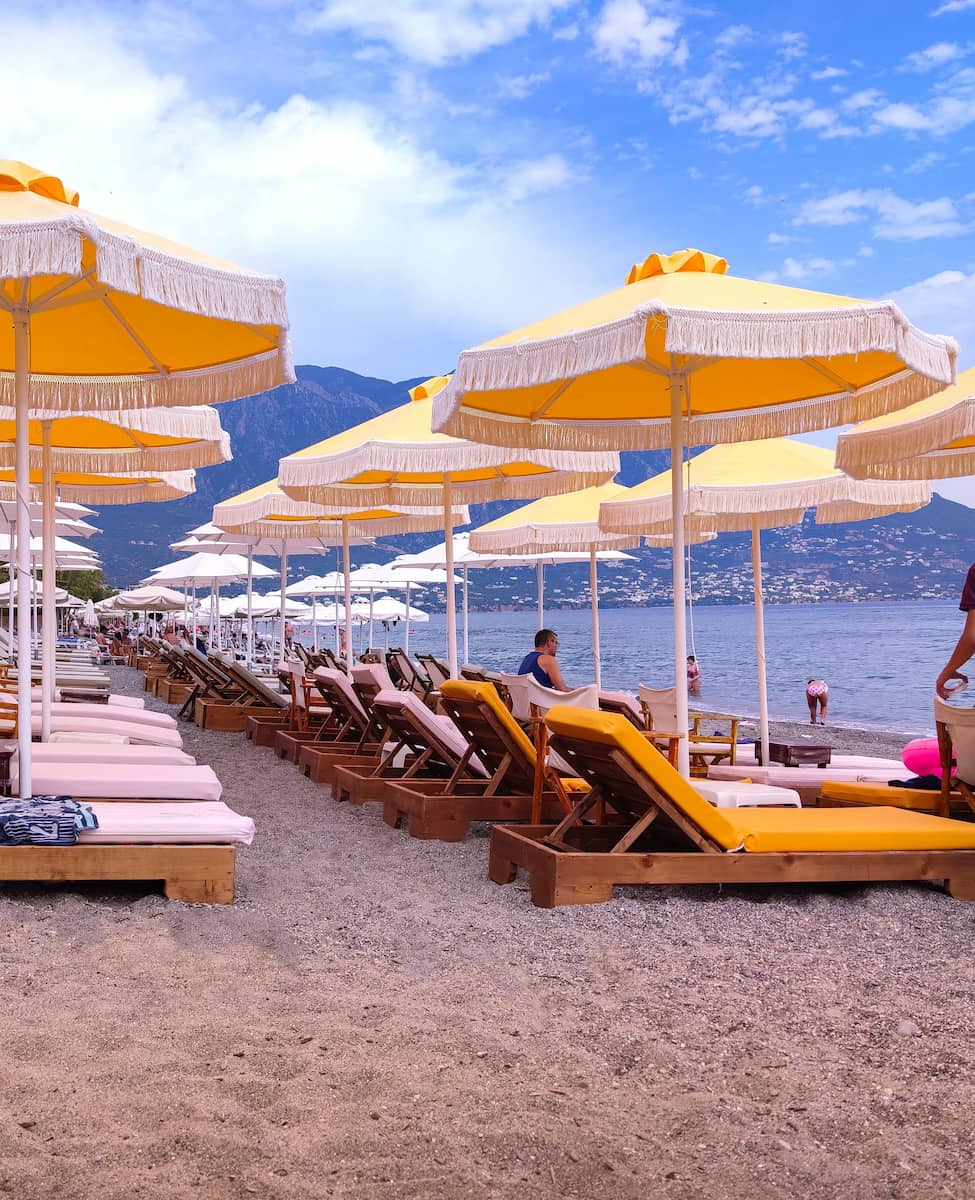
Water adventures. Summer offers the perfect opportunity to try water sports along Kalamata’s coast. I took a beginner’s windsurfing lesson with Messinian Bay Water Sports for €45, which included equipment rental and an hour of instruction. The morning winds create ideal conditions for beginners, while afternoons often bring stronger breezes that attract more experienced windsurfers.
Festival excitement. The highlight of Kalamata’s summer calendar is undoubtedly the International Dance Festival, held annually in mid-July. I was mesmerized by performances from dance companies around the world, staged in venues throughout the city including the stunning Castle Amphitheater. Tickets range from €10-25 depending on the performance, but I also enjoyed many free workshops and outdoor events. The Dance Festival transforms Kalamata’s atmosphere, with impromptu performances popping up in squares and restaurants staying open late to accommodate the festive crowds.
| Summer Activity | Cost | Duration |
|---|---|---|
| Kalamata Beach access | Free (Sunbeds €5-7/€5.50-7.70 USD) | All day |
| Windsurfing lesson | €45 (€49.50 USD) | 1 hour |
| International Dance Festival | €10-25 (€11-27.50 USD) per show | Mid-July |
Autumn
Olive harvest immersion. Autumn in Kalamata means one thing above all else: olive harvest season. From late October through November, the countryside buzzes with activity as families gather to collect the famous Kalamata olives. I joined a harvest experience with Olive Routes for €35, which allowed me to participate in the traditional hand-picking method alongside local farmers. The experience culminated in a visit to a family-run olive press where I witnessed the transformation from fruit to the liquid gold that defines this region. The earthy scent of freshly pressed olive oil is something I’ll never forget.
Hiking perfection. With summer’s intense heat finally broken, autumn creates ideal conditions for exploring the trails of Mount Taygetos. I tackled the moderate 7km path from Kalamata to the village of Thouria, which rewarded me with breathtaking panoramic views of olive groves painted in autumnal hues stretching toward the sea. The trail is well-marked but underutilized, meaning I encountered only a handful of other hikers during my four-hour journey.
Gastronomic festivals. Autumn brings several food-focused celebrations to Kalamata. I timed my visit to coincide with the Olive and Olive Oil Festival in early November, held at the Exhibition Center of Messinia. Local producers offered unlimited tastings of various olive oils, tapenades, and olive-based products completely free of charge. The festival also features cooking demonstrations by regional chefs who shared traditional recipes using olive oil. Another autumn highlight is the Chestnut Festival in nearby Artemisia village (late October), where I sampled roasted chestnuts, chestnut soup, and even chestnut liqueur while enjoying traditional folk music performances.
| Autumn Activity | Cost | When |
|---|---|---|
| Olive harvest experience | €35 (€38.50 USD) | Late October-November |
| Taygetos hiking | Free | September-November |
| Olive and Olive Oil Festival | Free entry | Early November |
Spring
Wildflower wonderland. Spring transforms Kalamata and its surrounding countryside into a riot of color that took my breath away. From late March through May, the hillsides erupt with red poppies, yellow daisies, purple thistles, and countless other wildflowers. I spent a magical morning exploring the paths around Ancient Messene, where classical ruins stand amid carpets of flowers—a photographer’s dream. The Botanical Garden of Kalamata, though small, showcases native plant species with informative signs in both Greek and English.
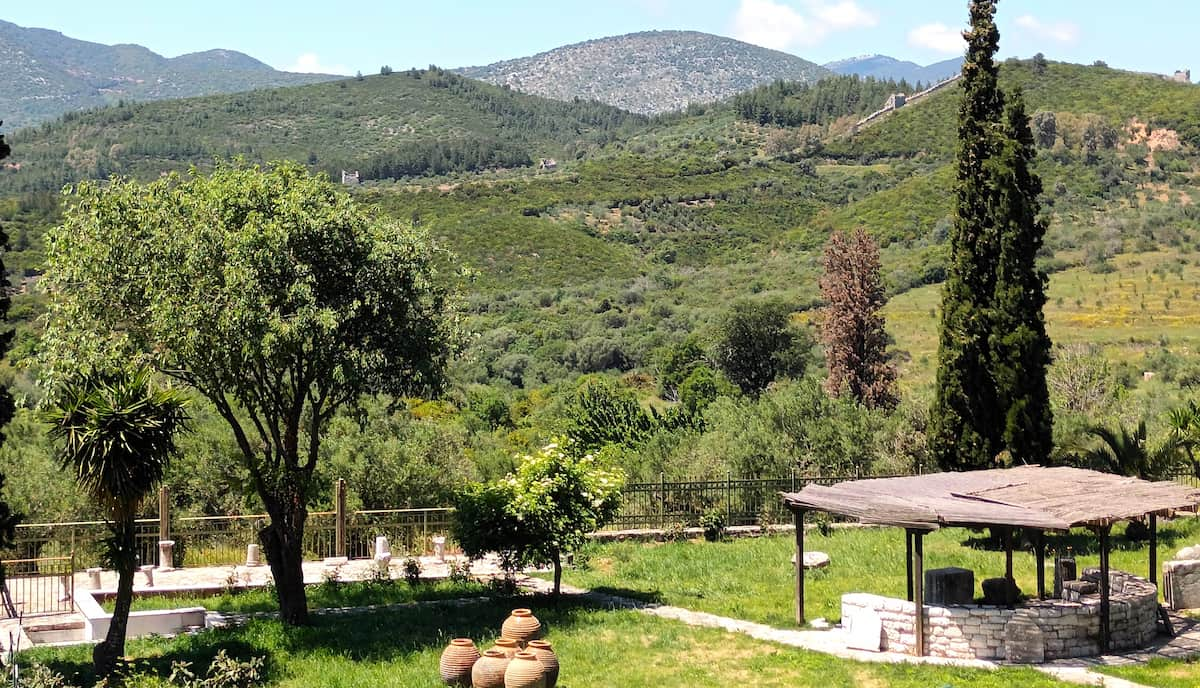
Easter celebrations. If you can time your visit to coincide with Greek Orthodox Easter (usually in April), you’ll witness Kalamata at its most authentic and festive. I was fortunate to experience the midnight Resurrection service at the Metropolitan Church of Ypapanti, where thousands of locals gathered with candles that illuminated the night in a moving display of faith and tradition. The following day, the entire city filled with the mouthwatering aroma of lamb roasting on spits in courtyards and restaurants.
Coastal awakening. Spring sees Kalamata’s waterfront coming back to life after the winter quiet. I enjoyed watching fishermen preparing their colorful boats in the old port, their weathered hands working skillfully with nets and equipment. The beachfront promenade fills with locals taking their evening volta (stroll), creating a lively yet relaxed atmosphere. Many seasonal beach bars begin opening in late April, though they operate with limited hours until summer fully arrives.
| Spring Activity | Cost | Best Time |
|---|---|---|
| Wildflower photography | Free | Late March-May |
| Easter celebrations | Free (Easter meal €25-30/€27.50-33 USD) | Greek Orthodox Easter (varies) |
| Beachfront promenade | Free | April-May evenings |
Winter
Cultural immersion. Winter reveals a completely different side of Kalamata that most tourists never experience. The city transforms into a hub of local life rather than a tourist destination, with residents reclaiming their favorite cafés and restaurants. I spent hours in the warmth of Kafeneio O Mitsos, a traditional coffee house where elderly men gather to play backgammon and discuss politics over Greek coffee.
Festive traditions. Christmas in Kalamata offers a refreshingly non-commercial holiday experience. The city’s main square transforms with modest but charming decorations, and the Christmas Village (Christougenniatiko Chorio) opens from mid-December through early January. Unlike the grand Christmas markets of northern Europe, this intimate village focuses on children’s activities and local crafts. I watched in delight as karavakia were illuminated alongside Christmas trees, reflecting Greece’s maritime heritage. On December 23, local children perform the kalanda in the streets, often receiving sweets or small coins in return.
Culinary discoveries. Winter brings special seasonal dishes to Kalamata’s tavernas that I found impossible to resist. The cooler weather creates the perfect excuse to indulge in hearty specialties like gourounopoulo, fasolada, and spetzofai. At To Steki tou Psara, I enjoyed a warming plate of octopus stew with pasta for just €12, accompanied by house wine at €4 per carafe.
| Winter Activity | Cost | Dates |
|---|---|---|
| Traditional kafeneio visit | €1.50 (€1.65 USD) for coffee | November-March |
| Christmas Village | Free entry | Mid-December to early January |
| Winter concert series | €8-15 (€8.80-16.50 USD) | December-February |
Day Trips from Kalamata
1. Caves of Diros
Underground wonderland. Gliding through the crystal-clear waters of the Diros Caves last month was like entering another world entirely. Located about 90 kilometers southeast of Kalamata on the western side of the Laconian peninsula, these magnificent limestone caverns are among Greece’s most impressive natural attractions. The boat tour through Vlychada Cave—the main section open to visitors—took me along narrow passageways where strategically placed lights illuminated breathtaking formations of stalactites and stalagmites. The reflection of these ancient formations on the water created an almost mystical atmosphere that no photograph can truly capture.
Prehistoric connections. What fascinated me most about the Diros Caves wasn’t just their natural beauty but their historical significance. As our guide explained, archaeological evidence shows these caves were used as dwellings during Neolithic times. The thought that people lived in these chambers thousands of years ago added a profound dimension to my visit. The small archaeological museum near the cave entrance displays artifacts discovered within, including pottery and bone tools that offer glimpses into prehistoric life. Though the historical explanations were brief, they provided just enough context to appreciate the human connection to this natural wonder.
| Diros Caves Visit | Cost | Notes |
|---|---|---|
| Entrance fee | €20 (€22 USD) | Includes boat tour |
| Car rental | €45-60/day (€49.50-66 USD) | Best for flexibility |
| Guided tour from Kalamata | €90-120 (€99-132 USD) | Includes transportation |
⭐ Best Activities
-
Private Day Trip to Diros Caves and Villages of Mani from Kalamata – Discover the mysterious Diros Caves and the picturesque villages of Mani on a private day trip from Kalamata, with convenient pickup from your hotel or cruise port and a local guide to share the region’s history and hidden gems.
2. Dimitrios Shipwreck
Photogenic ruin. The rusted hull of the Dimitrios shipwreck jutting from the golden sands of Valtaki Beach created one of the most striking scenes I’ve encountered in Greece. Located just 5 kilometers northeast of Gythio (about 75 kilometers from Kalamata), this abandoned cargo ship has become an unexpected tourist attraction and photographer’s dream. I arrived early in the morning when the light was soft and the beach nearly deserted, allowing me to capture photos without crowds of tourists in the frame. The contrast between the decaying metal structure and the pristine beach setting created a hauntingly beautiful juxtaposition that I couldn’t stop photographing.

Beach day bonus. What surprised me most about visiting the Dimitrios shipwreck was discovering that Valtaki Beach itself is absolutely gorgeous. After exploring the shipwreck, I spent several hours enjoying the long stretch of golden sand that was remarkably uncrowded even in mid-spring. The water was clean and refreshingly cool, perfect for swimming after walking along the shore. Unlike many popular Greek beaches, there were no entrance fees or expensive sunbed rentals here—just natural beauty and the unusual backdrop of an abandoned ship. I spread my towel on the sand and enjoyed a picnic lunch while watching small fishing boats pass in the distance.
| Dimitrios Shipwreck | Cost | Notes |
|---|---|---|
| Entry fee | Free | Public beach access |
| Parking | Free | Small lot available |
| Nearby meal | €12-18 (€13.20-19.80 USD) | Fresh seafood in Mavrovouni |
3. Ancient Messene
Historical immersion. Walking through the massive Arcadian Gate into Ancient Messene transported me back 2,300 years to one of Greece’s best-preserved ancient cities. Located just 30 kilometers northwest of Kalamata (about a 45-minute drive), this archaeological site offers a more authentic and less crowded experience than many of Greece’s famous ruins. I spent nearly four hours exploring the remarkably intact theater, stadium, and Asclepeion (healing center), all set against the dramatic backdrop of Mount Ithome. The 9-kilometer stone wall surrounding the ancient city particularly impressed me—it’s among the best-preserved in Greece and gives you a true sense of the city’s original scale.
Athletic legacy. The stadium of Ancient Messene quickly became my favorite part of the site. Unlike many ancient ruins where you need to use your imagination, here the structure is so well-preserved that I could easily envision athletes competing while spectators cheered from the stone seats. I walked the length of the stadium, noting the original starting blocks still in place, and even did a short sprint down the track (when no one was watching!). Nearby, the gymnasium where athletes once trained features impressive columns and mosaics. The site’s excellent preservation allowed me to connect with ancient Greek athletic traditions in a way that felt surprisingly immediate and personal.
| Ancient Messene Options | Cost | Duration |
|---|---|---|
| Self-drive (car rental) | €45/day (€49.50 USD) + €12 entrance (€13.20 USD) | 6-7 hours including travel |
| Private guided tour | €474 (€521.40 USD) per group | 6 hours |
| Public bus + taxi | €15-20 (€16.50-22 USD) round trip | 8+ hours (limited schedule) |
⭐ Best activities
- Skip The Line: Ancient Messini and Archaeological Museum of Ancient Messini – Particularly during the summer peak, the ticket purchase lines at Ancient Messini can be long. Skip the drama by buying your tickets online, in advance, in the currency of your choice: Simply save them to your phone, tap the QR code to the reader, and enter the site. These tickets are for people who are not EU citizens, and include access both to the archaeological site and the museum.
❓ FAQ
How do I get to Kalamata?
You can reach Kalamata by flying into Kalamata International Airport (KLX), which has direct flights from Athens and several European cities. If you’re already in Greece, you can drive from Athens (about 2.5 hours), take a bus to Kalamata from major cities, or combine train and bus travel for a more scenic route. There’s no direct ferry, but you can arrive by ferry at Patras or Gythio and continue by car or bus to the city of Kalamata.
What’s the best way to get around Kalamata and the surrounding area?
Kalamata is a walkable city, especially in the Old Town and along the seaside promenade. For longer distances or exploring the region of the Peloponnese, local buses, taxis, and car rentals are all popular options. Buses connect the city center, beaches, and nearby attractions. Download the Moovit app for real-time bus schedules, or rent a car for day trips around Kalamata and the Peloponnese region.
What are the top things to see and do in Kalamata?
Don’t miss the Castle of Kalamata for sweeping views of the city, the bustling Kalamata Central Market (especially on Wednesday and Saturday), and the Folklore Museum of Kalamata to learn about the Greek War of Independence. Explore Kalamata Old Town, stroll along Aristomenous Street, and relax on the best beaches in the region. The city boasts a lively coffee shop scene and excellent outdoor activities, from hiking Mount Taygetos to cycling along the waterfront.
Is Kalamata worth visiting compared to the rest of Greece?
Absolutely! Kalamata is one of the best places in mainland Greece for authentic local experiences, beautiful beaches, and a vibrant food market. It’s the capital of the Messinia region and offers a unique blend of history, culture, and modern city life—without the crowds you’ll find elsewhere in Greece.
What’s special about the food in Kalamata?
Kalamata is famous worldwide for its olives and olive oil, but the flavors of Kalamata go far beyond that. Try local specialties at the central market or a traditional taverna, and don’t miss Peloponnese classics like gournopoula (roast pork). The city’s food market is a highlight for anyone looking for things to do in Kalamata or anywhere in Greece.
When is the best time to visit Kalamata?
Spring and autumn are ideal for mild weather and fewer crowds, but summer is perfect for a day on Kalamata Beach and enjoying the Kalamata International Dance Festival. Winter is quieter but lets you discover Kalamata without the tourist rush. Each season brings its own experiences in Kalamata and the surrounding area.
What are the best day trips from Kalamata?
The region of Greece around Kalamata is packed with attractions. Top picks include Ancient Messene, the Caves of Diros, and the Dimitrios Shipwreck. The Peloponnese region of Greece is full of history, nature, and charming villages—definitely worth exploring with a drive from Kalamata.
Where should I stay in Kalamata?
You’ll find the best places to stay in Kalamata’s Old Town for history and atmosphere, or near the beach for easy access to swimming and seaside dining. The city in southern Greece has options for every budget, from boutique hotels to family-friendly apartments.
What museums are there in Kalamata?
Kalamata boasts several museums, including the Archaeological Museum of Messinia, the Military Museum, and the Folklore and History Museum of Kalamata. The museum of Kalamata in the Old Town is a must for anyone interested in the history of Greece and the Greek War of Independence.
What’s unique about Kalamata’s markets?
The Kalamata Central Market is considered one of the best markets in Greece, with fresh produce, local cheese, honey, and, of course, Kalamata olives. The big market days are Wednesday and Saturday—don’t miss them if you want to experience the rural soul of the Peloponnese.
